The Book of Static 靜態經
The So Far Channel (Mara Goldwyn and Maxfield Gassmann)
Our main plan was to listen. To drop out of our geographical realities and -- literally -- tune in. Outfitted with a just a battery-powered short-to-medium-wave radio and some downloaded PDFs from the American Radio and Relay League, we set ourselves up in mountain-ringed Lashihai to receive.
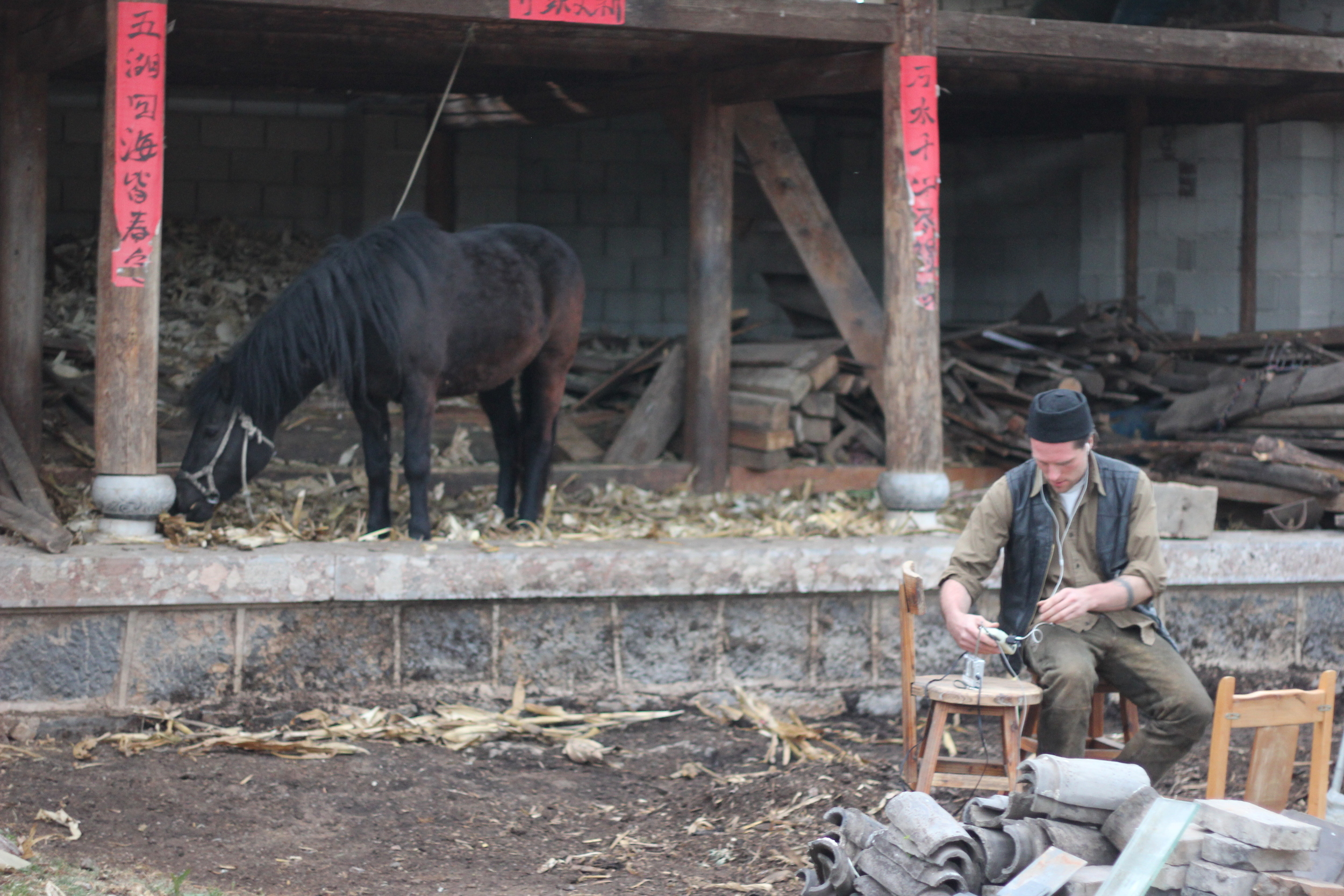

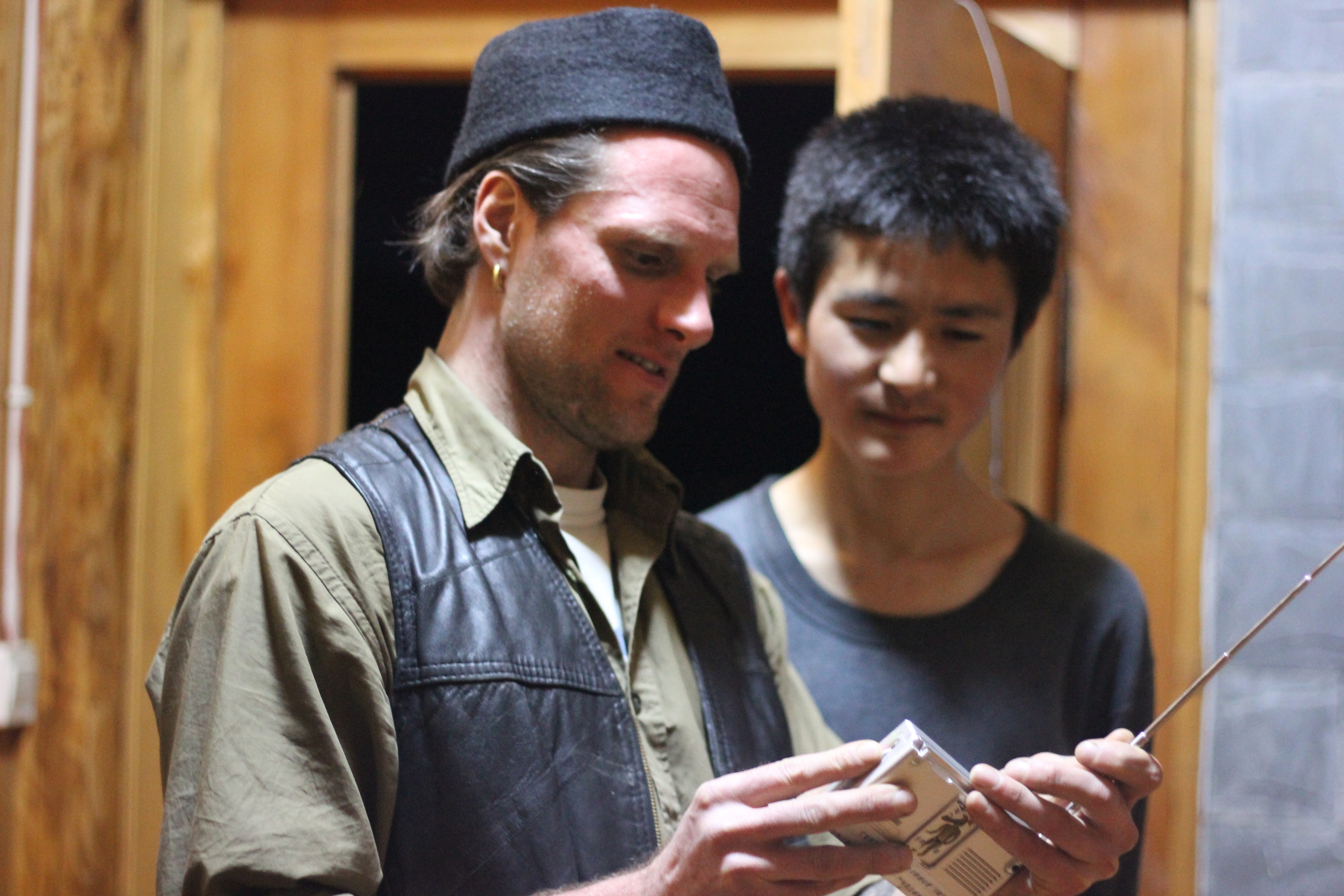
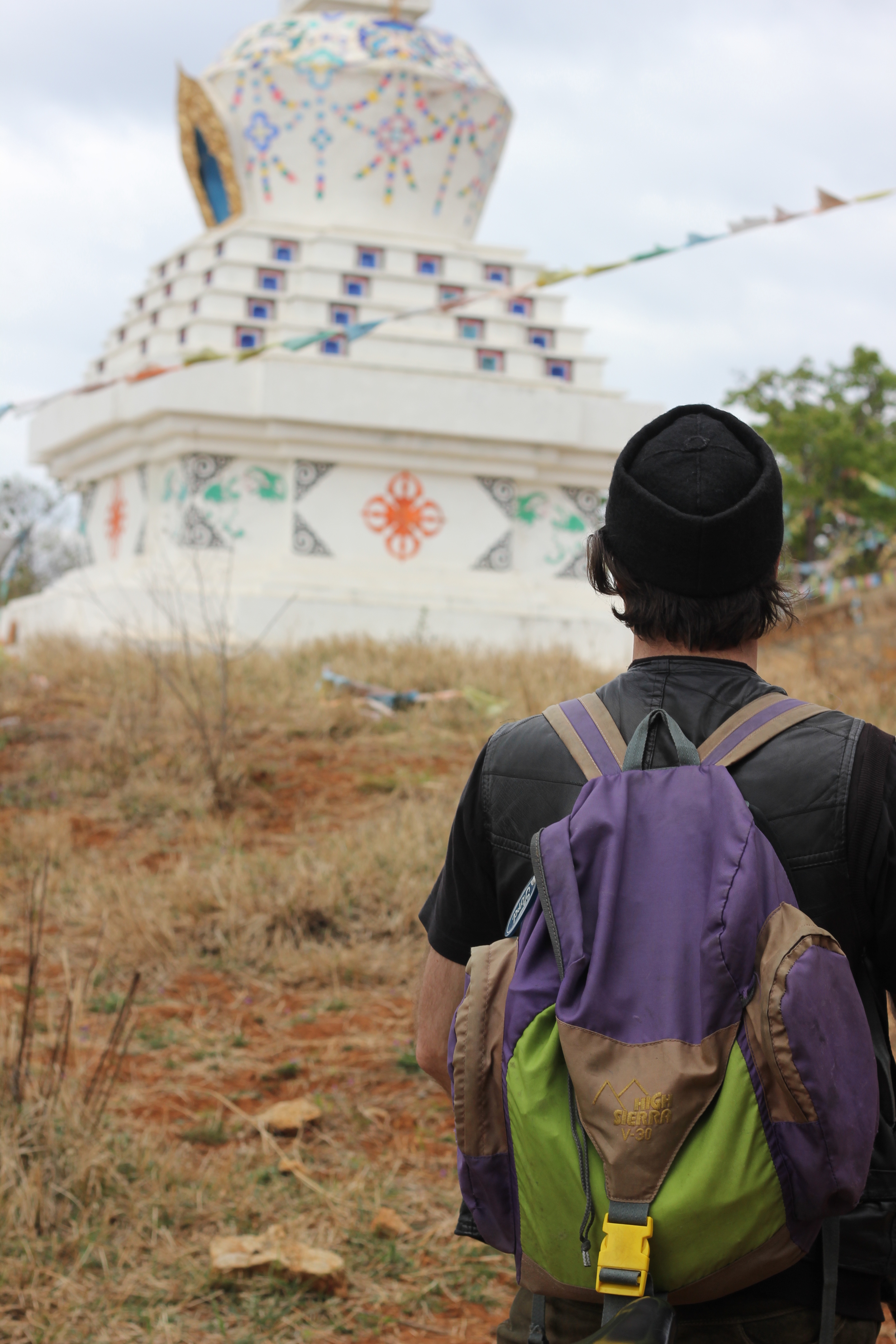
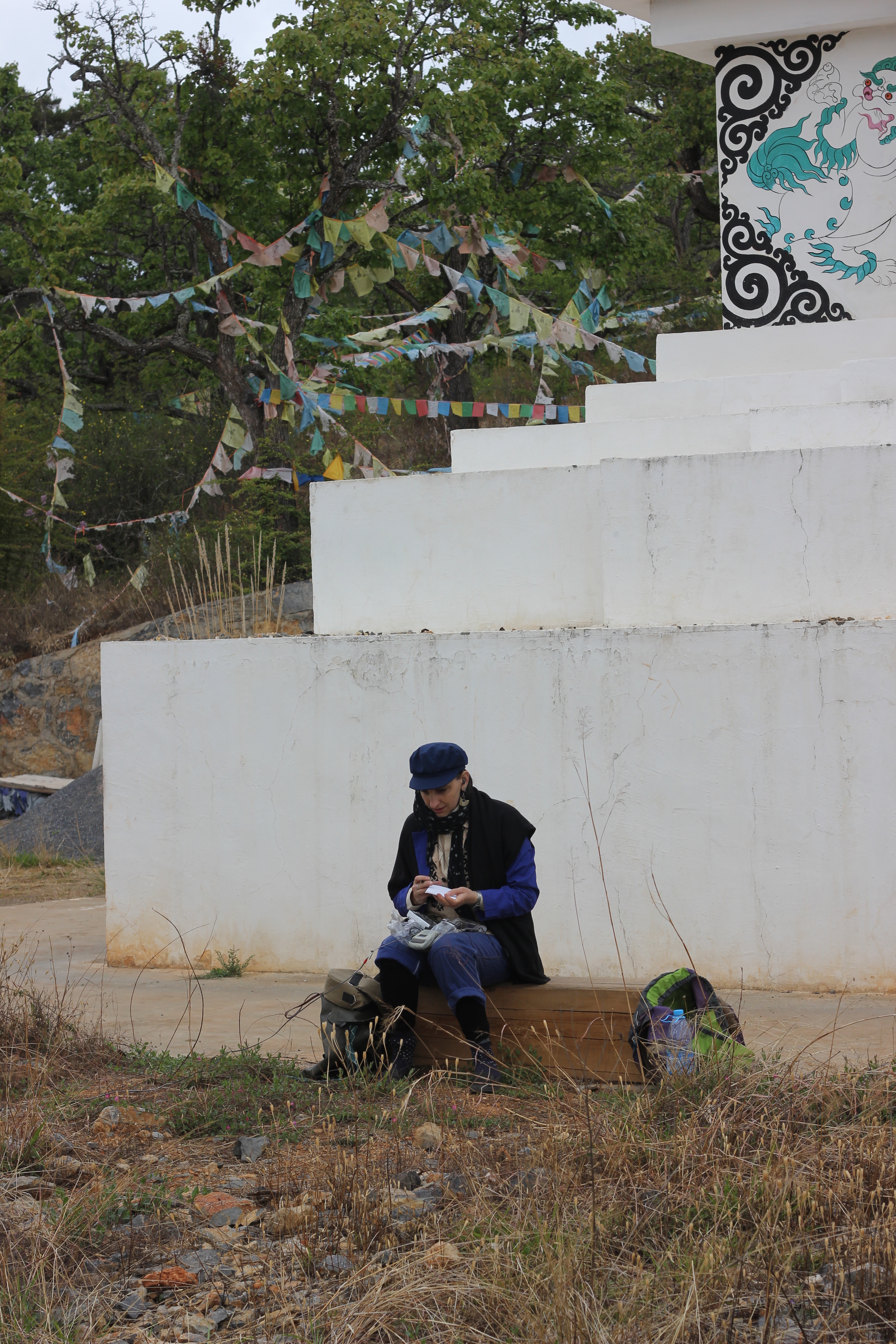
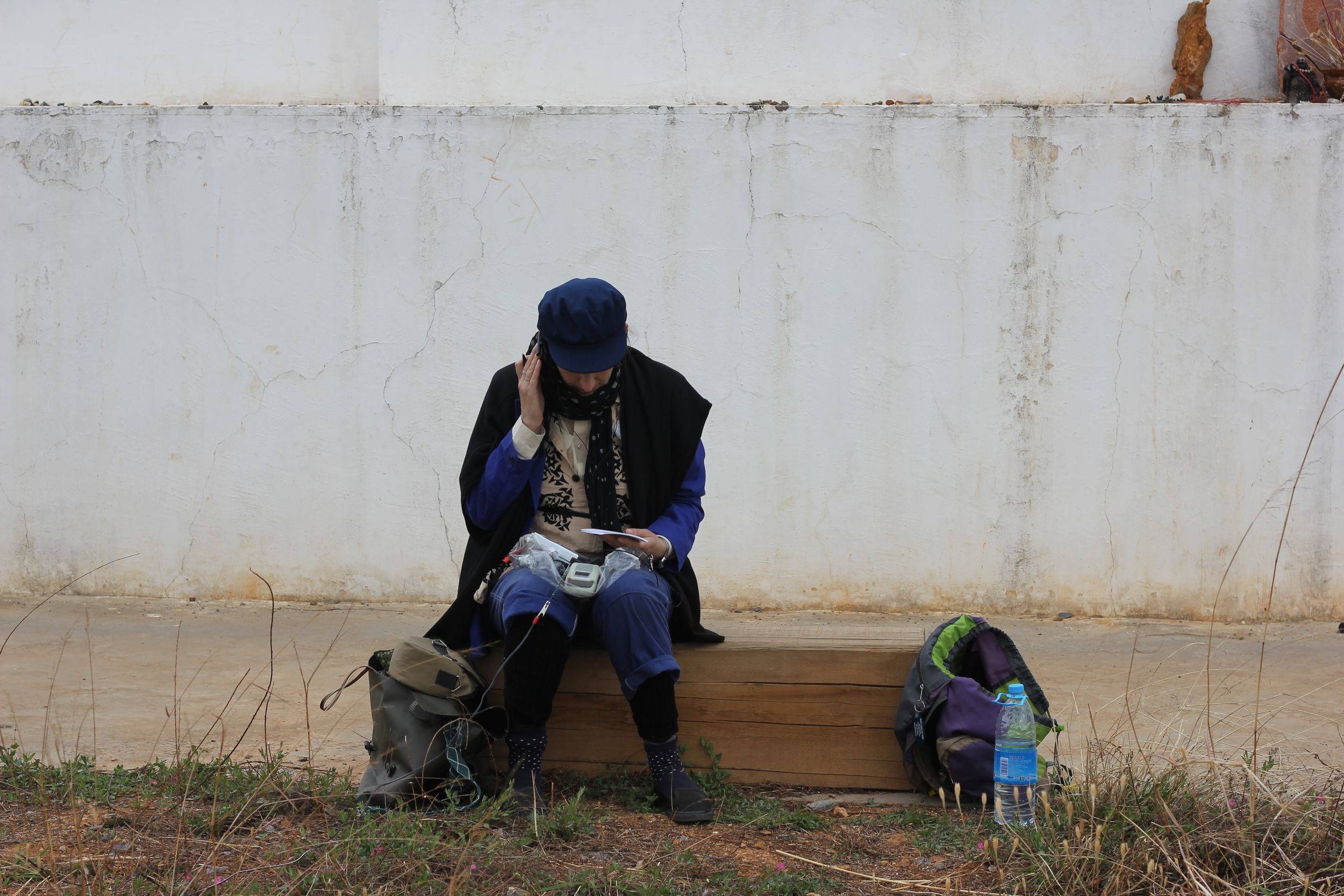
We had heard somewhere that women are better rock-climbers than men, because, rather than using brute strength to defy gravity and reach their destination, they use ingenuity and intuitive weight-shifting to beat the rock. Short-wave listening is perhaps similar. While many assume to be able to be able hear far-away signals one needs a massive, tall, phallus-like contraption with tons of wattage; an "effective" antenna (and we'll get to what this means below) is oftentimes just an elegantly twisted wisp of wire. The amount of "power" is irrelevant, what matters is the relative position. What matters, actually, is the sun. The moon. The time of day or night at the receiving end, the time of day or night at the trasmitting end. The shape of the wires, the direction their intersections tilt.
At Lijiang Studio we began to read about skip propagation. Local signals can ride radio waves over land, but shorter-wave signals are aimed toward the sky, with the intention of bouncing off the ionosphere. Especially at night, the sky acts more like a solid canopy, and a faraway and sometimes weaker signal bounces off the ionosphere, effectively "skipping" over wide swaths of land between the transmitter and the receiver.
In those first evenings at the studio, as the afternoon would burn off the heat and the cool air would settle around the farm, in our bed-nook under the stairs we simply would turn on the radio and voices would crowd the frequencies. Sometimes we could recognize languages as Turkic or Slavic or Japanese, or the music as sounding vaguely Indian Subcontinent or Indochina-esque, but most of the time there was a mind-boggling diversity of things we could not identify at all. It somehow felt like eavesdropping on Asia, or perhaps tapping into its fever-dream....the coughs and licks of chants and rants and chatter and babble, the fade-ins and -outs of lilting songs and brash drums, the jetplane hum that we later understood was jamming, the crisp but non-sensical English-language broadcasts of Chinese Radio International.
We began to understand that for listening, distance, measured in a straight line, was perhaps not as important as position, as form, as shape. It was all relative: where we, the Receivers, were, vis-a-vis the sky and the origin of the sound.
But the science ("science") of the thing was still eluding us. What exactly would make an antenna "better"? How could we hear clearer signals from farther away? Did it matter if we didn't know what we were listening to? What did "better" actually mean? Did we want "better"? Were we just trying to use brute strength and macho reason to produce publishable results? We are artists, not scientists; we found beauty in the static and the not-knowing, and were possibly connecting the wrong dots, but if the dots in the static were wrong, did we want to be right?
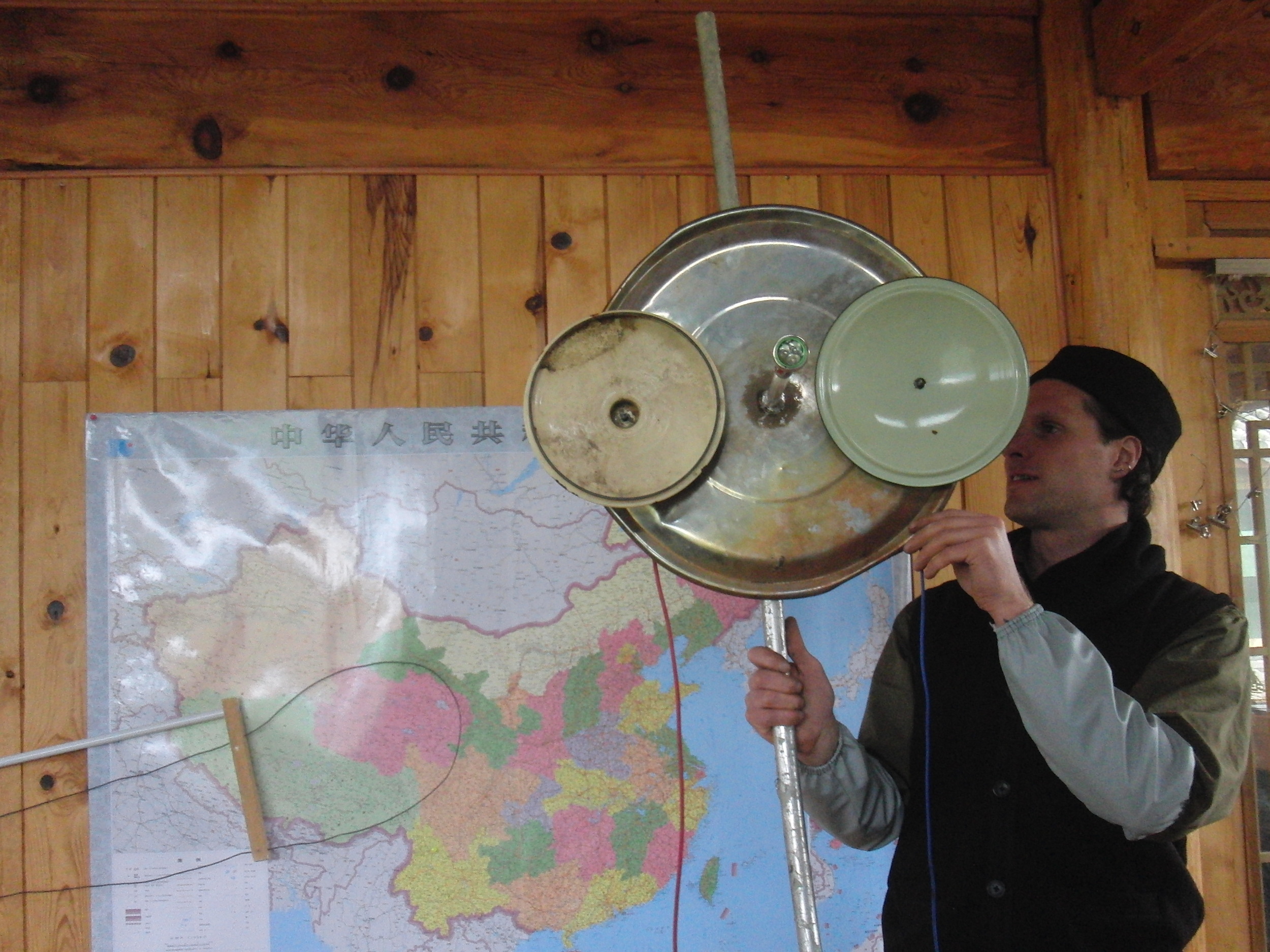
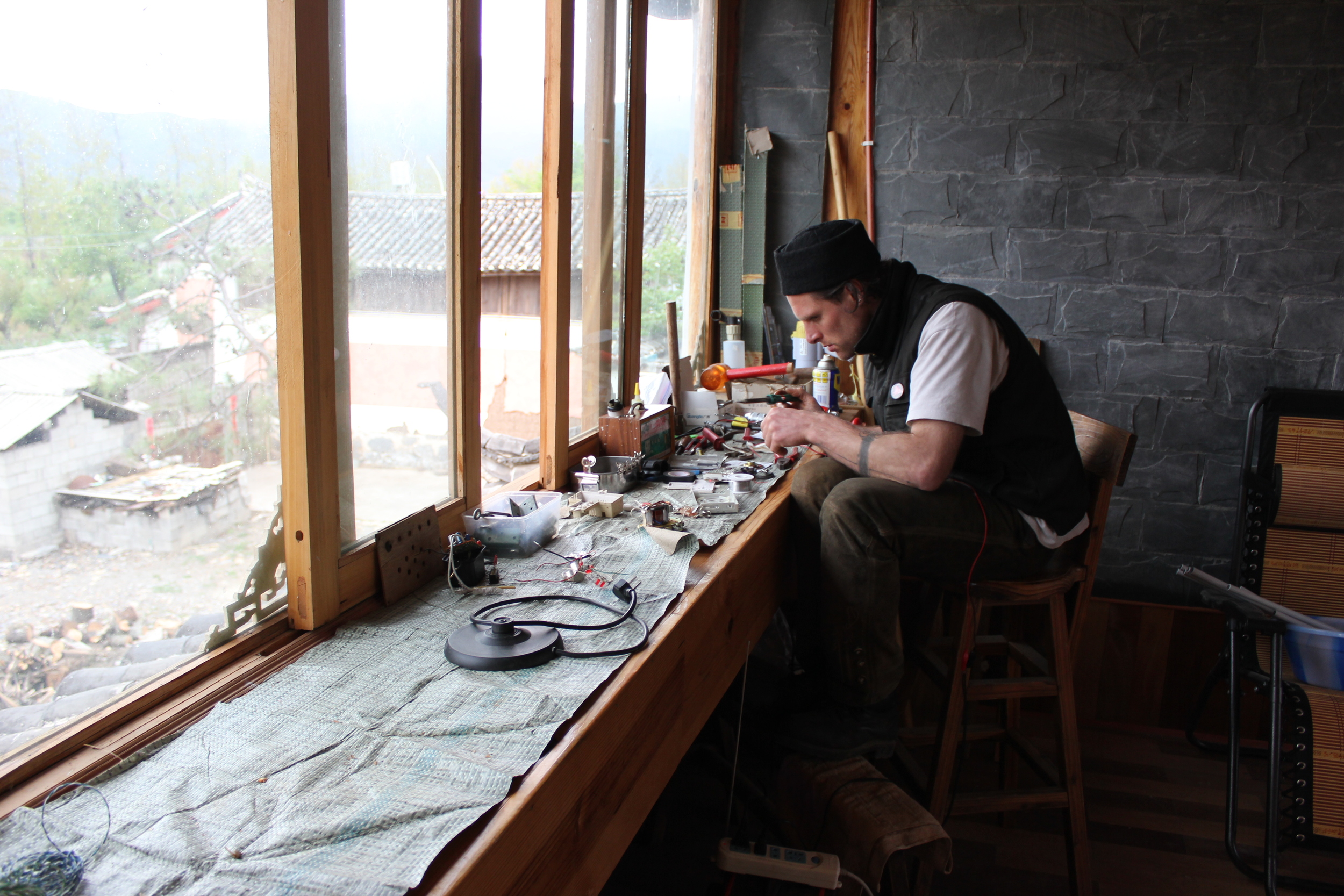
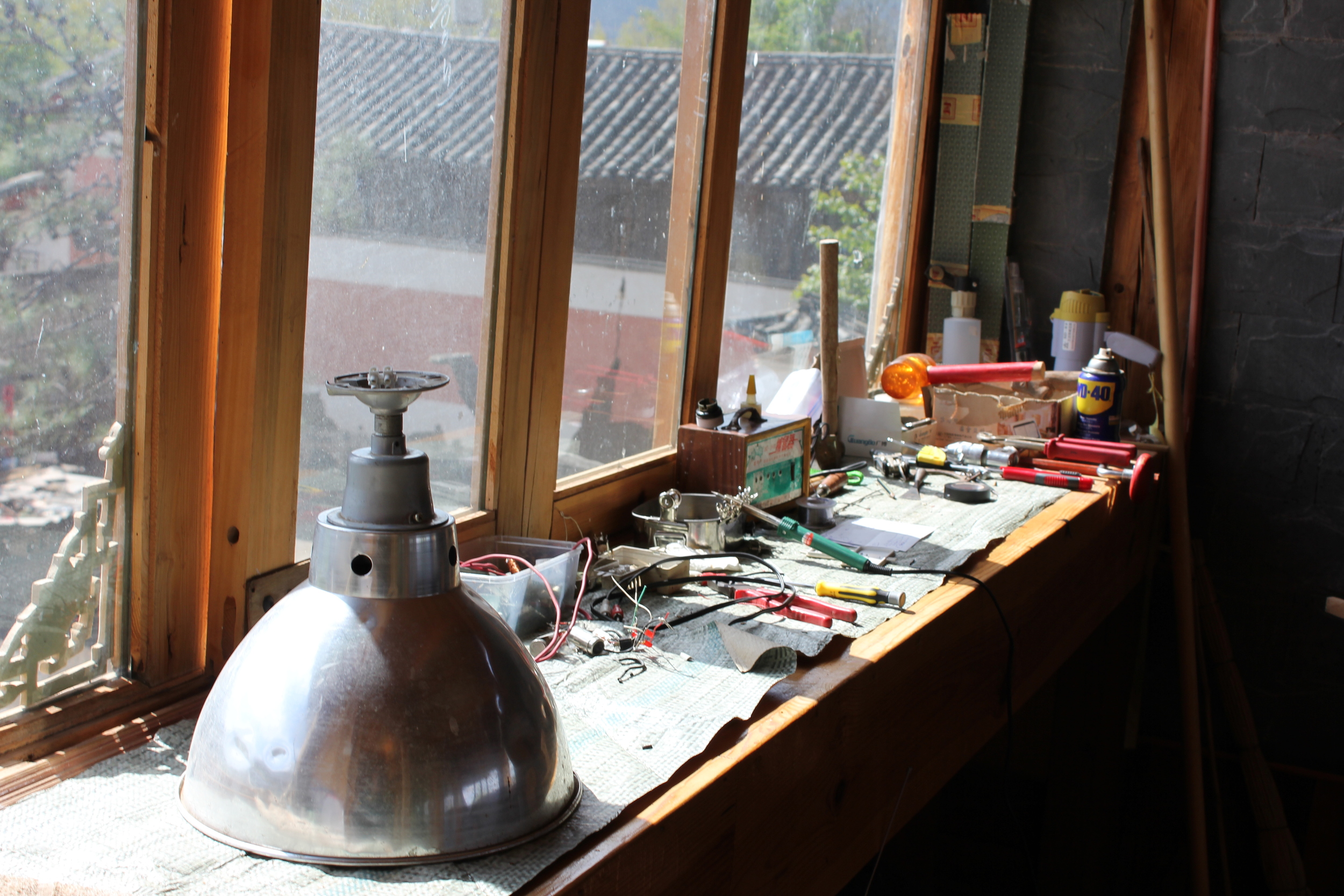
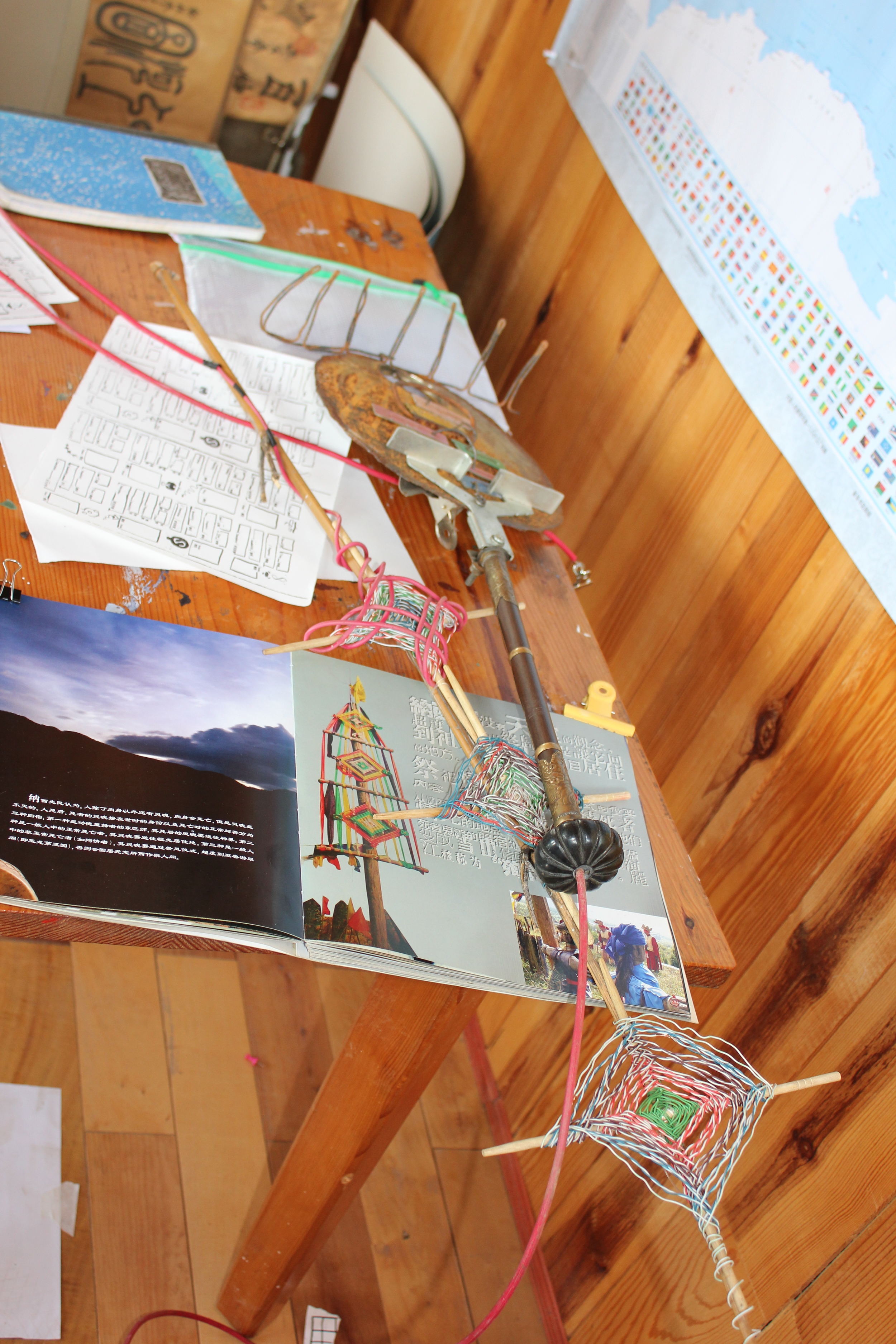
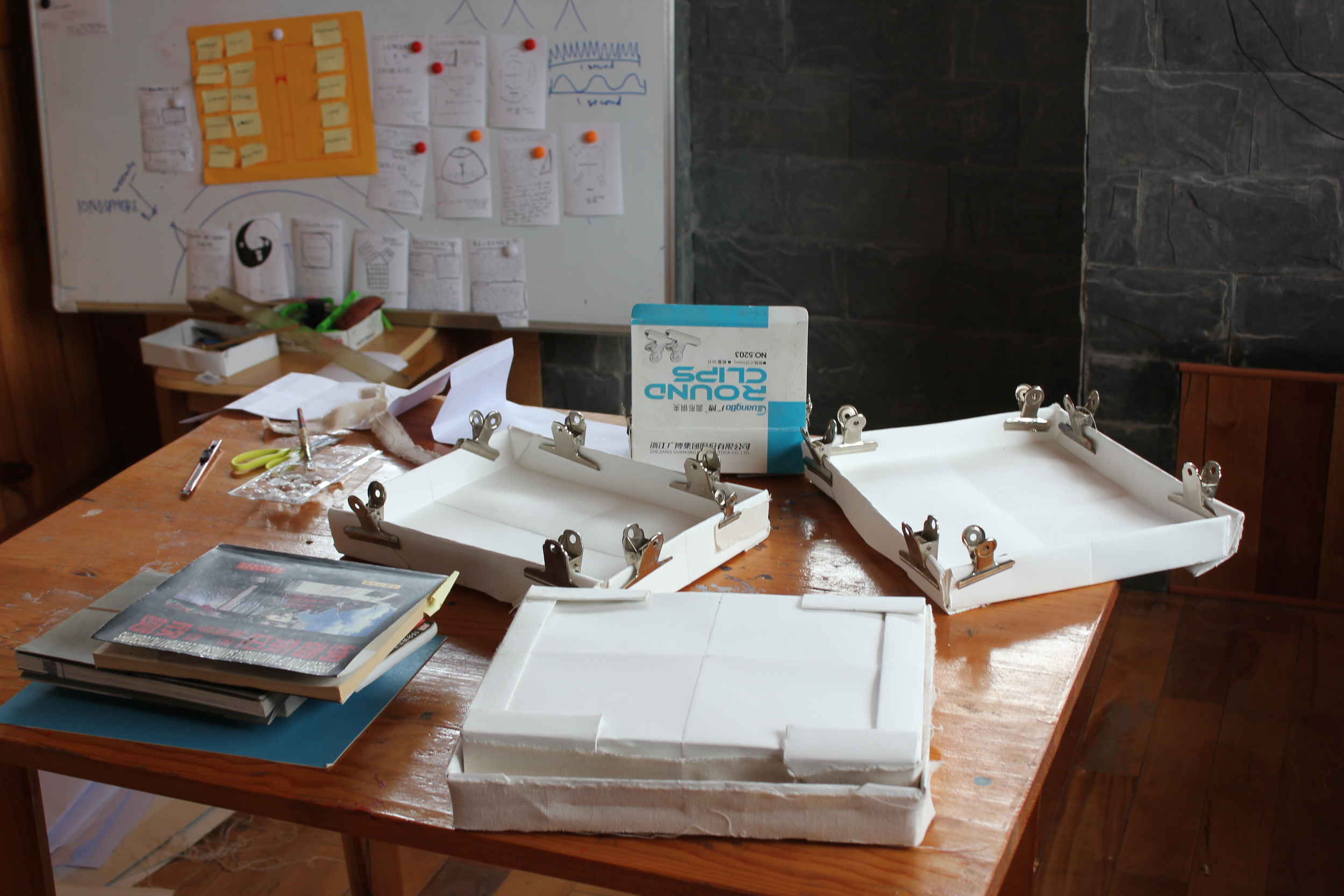
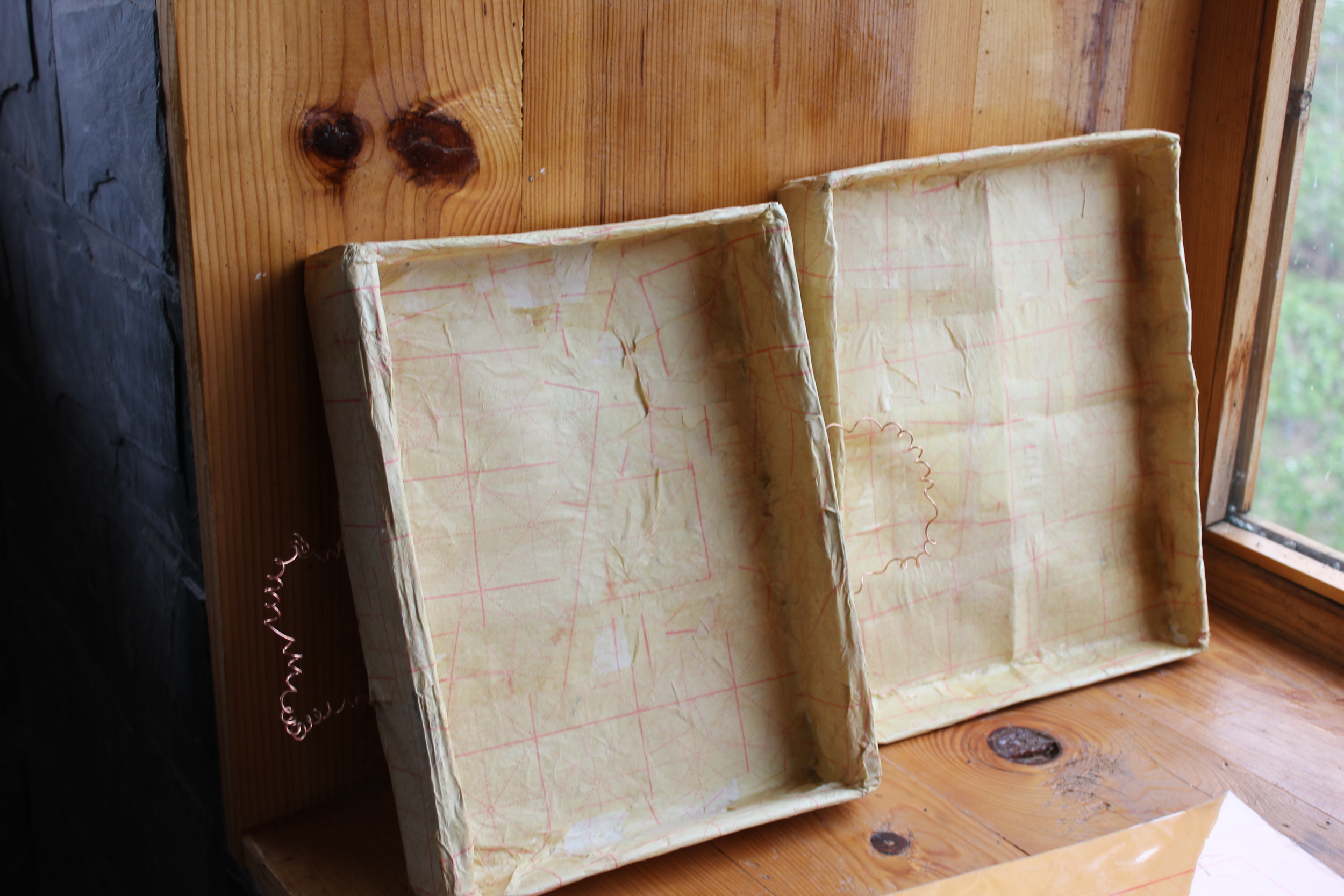
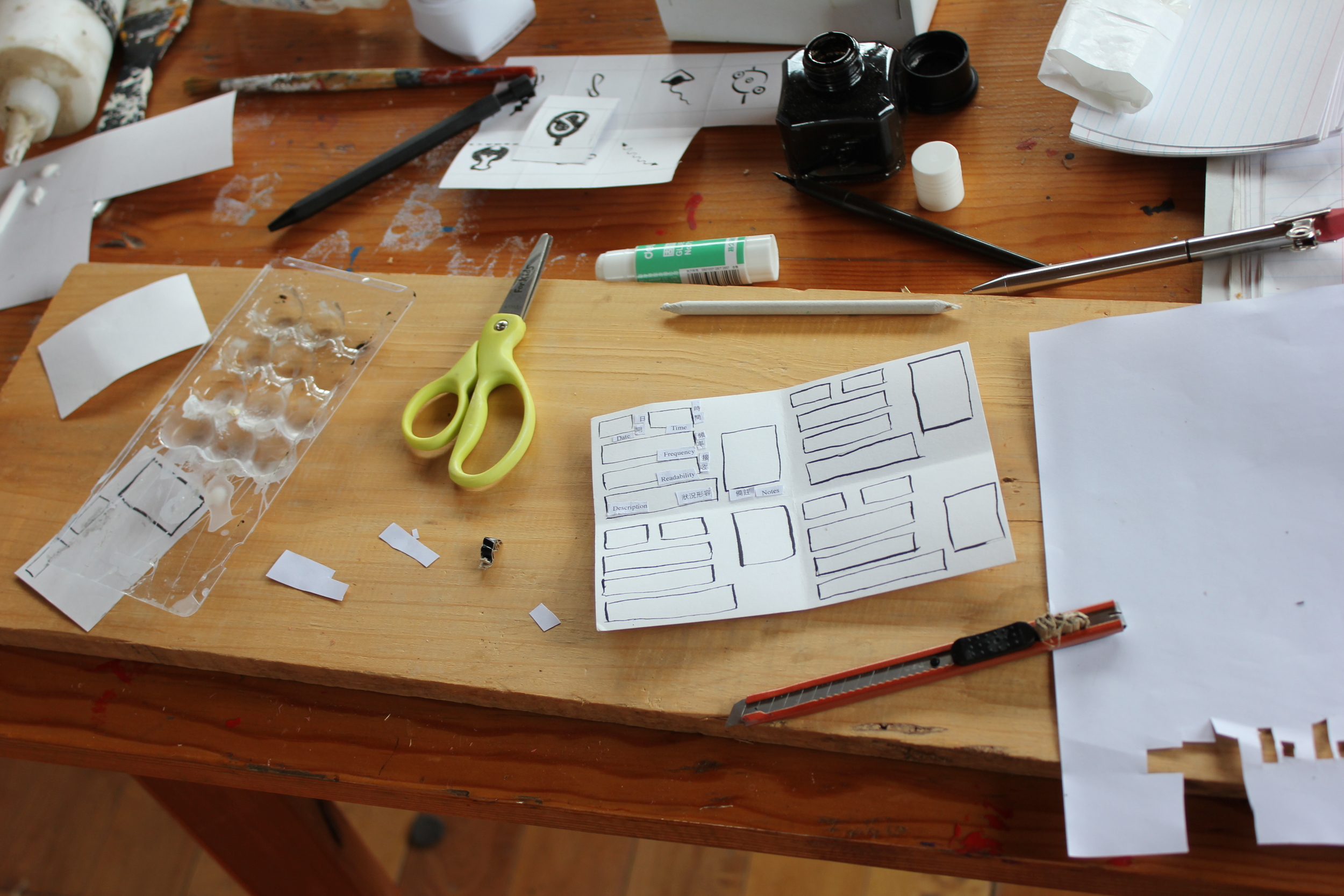

We began to do some experiments: Attaching the receiver by alligator-clip wire to the green-house skeleton out by where where horse was tied up at sunset; riding to the Temple first thing in the morning and perching on a hill; asking the young man of the house, Ji Yu to hold a receiving wire before bedtime. These all earned their own various results, some of which we recorded.
We then started experimenting by producing our own intuitive antennas to see what and how they might receive, without asking, well, why they received. Staffs used in religious ceremonies, talismen; mandalas and sacred geometry-- all are trying to triangulate messages from the sky, right? What if we took sacred shapes and hooked them up to a radio receiver?
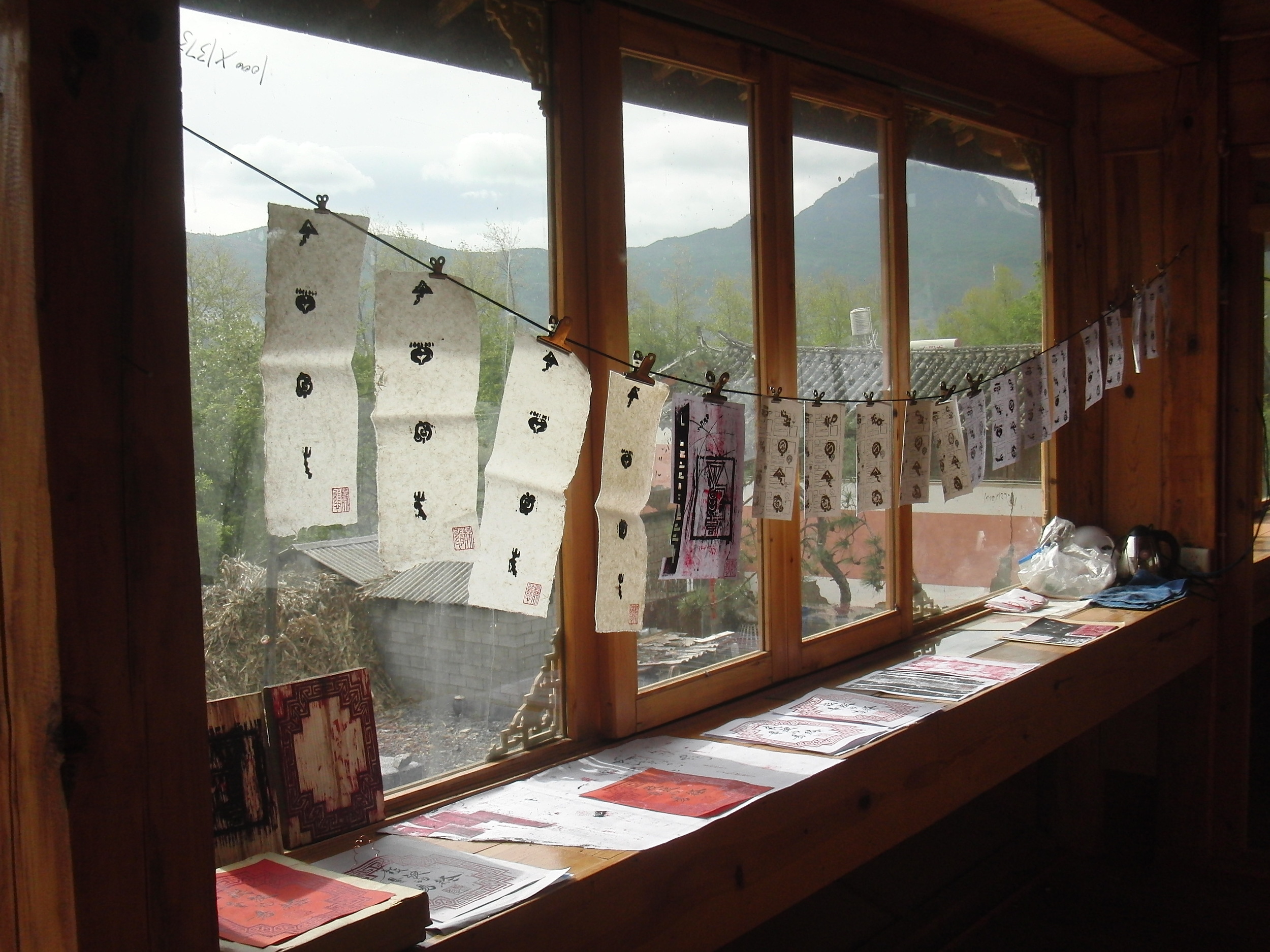
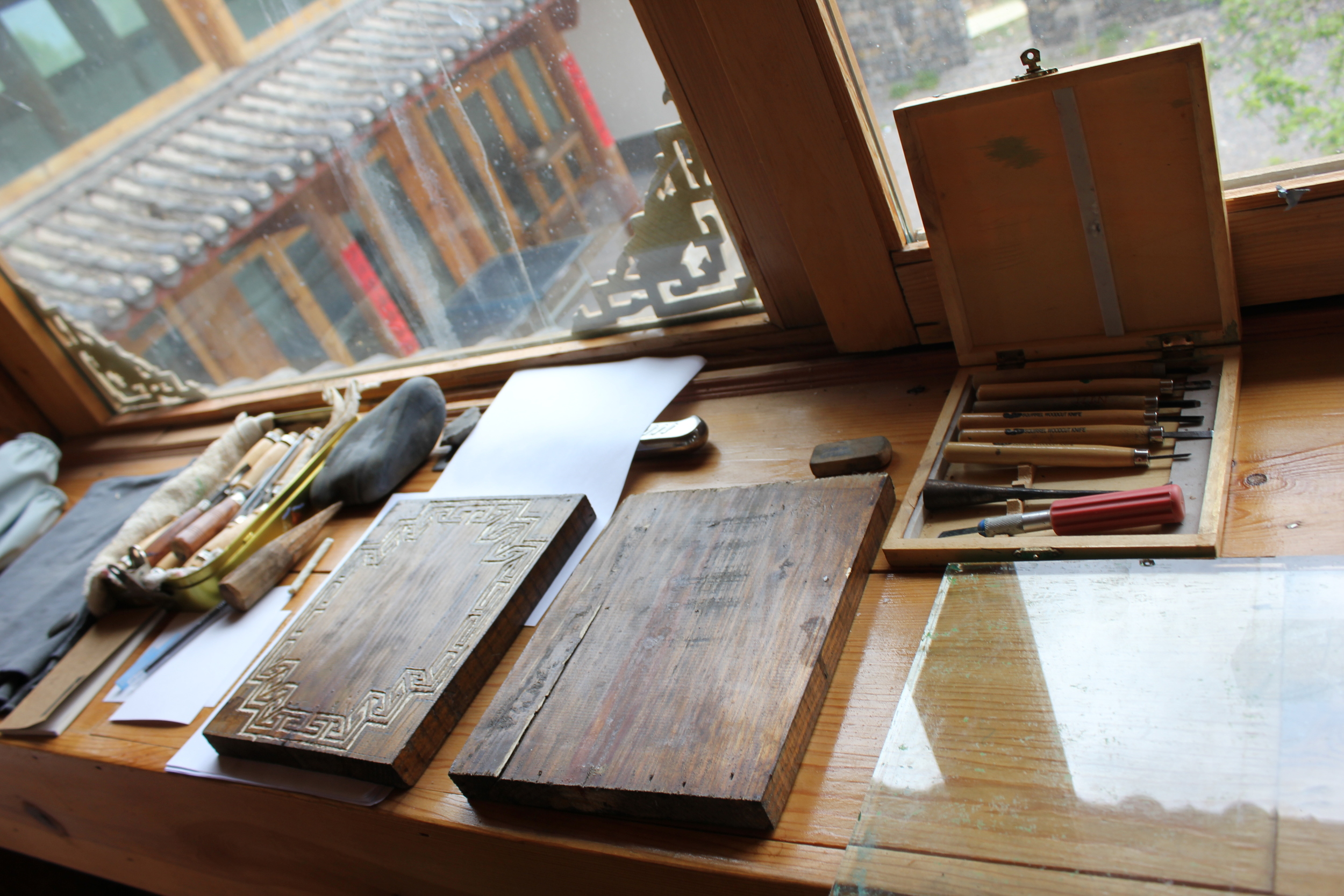
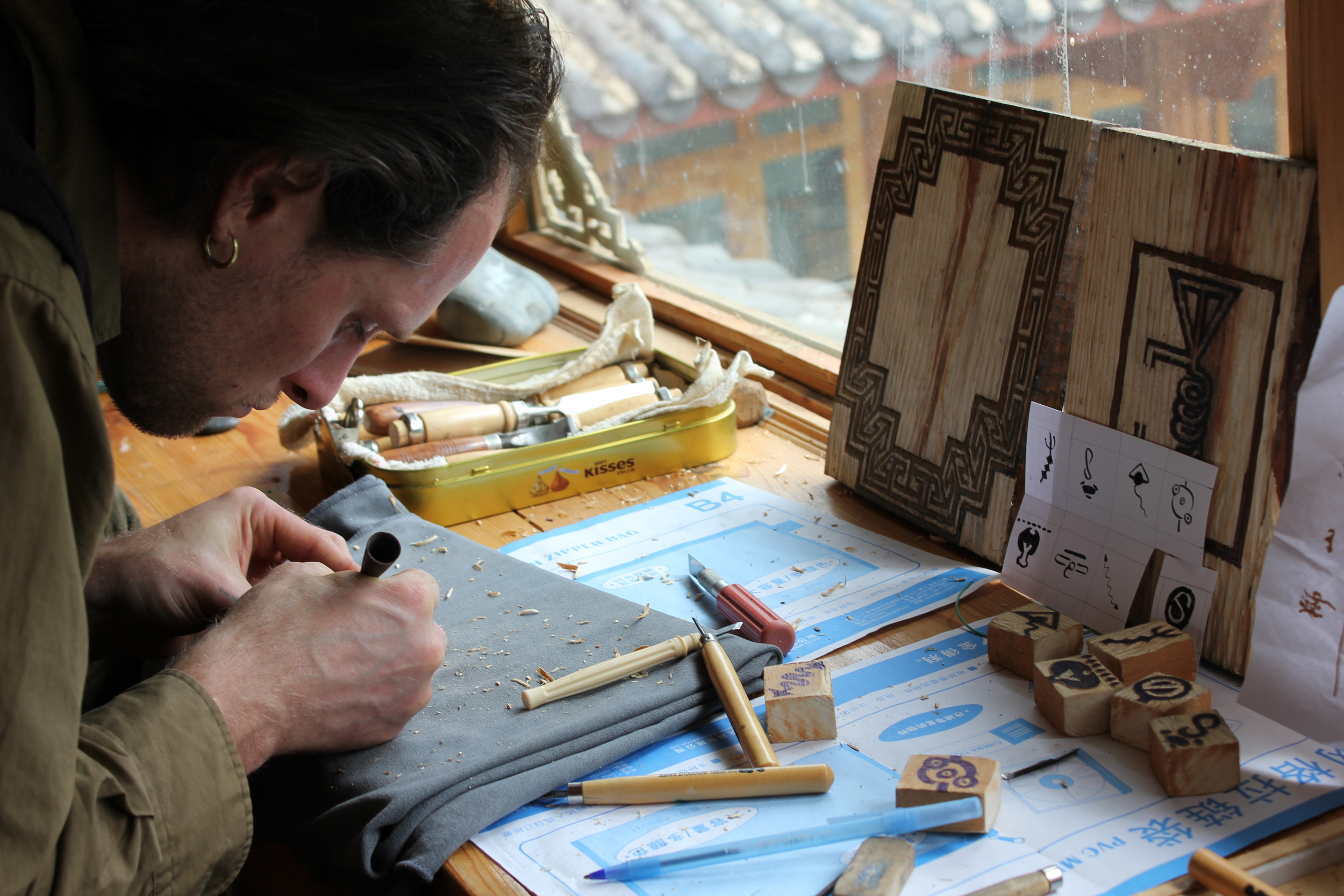



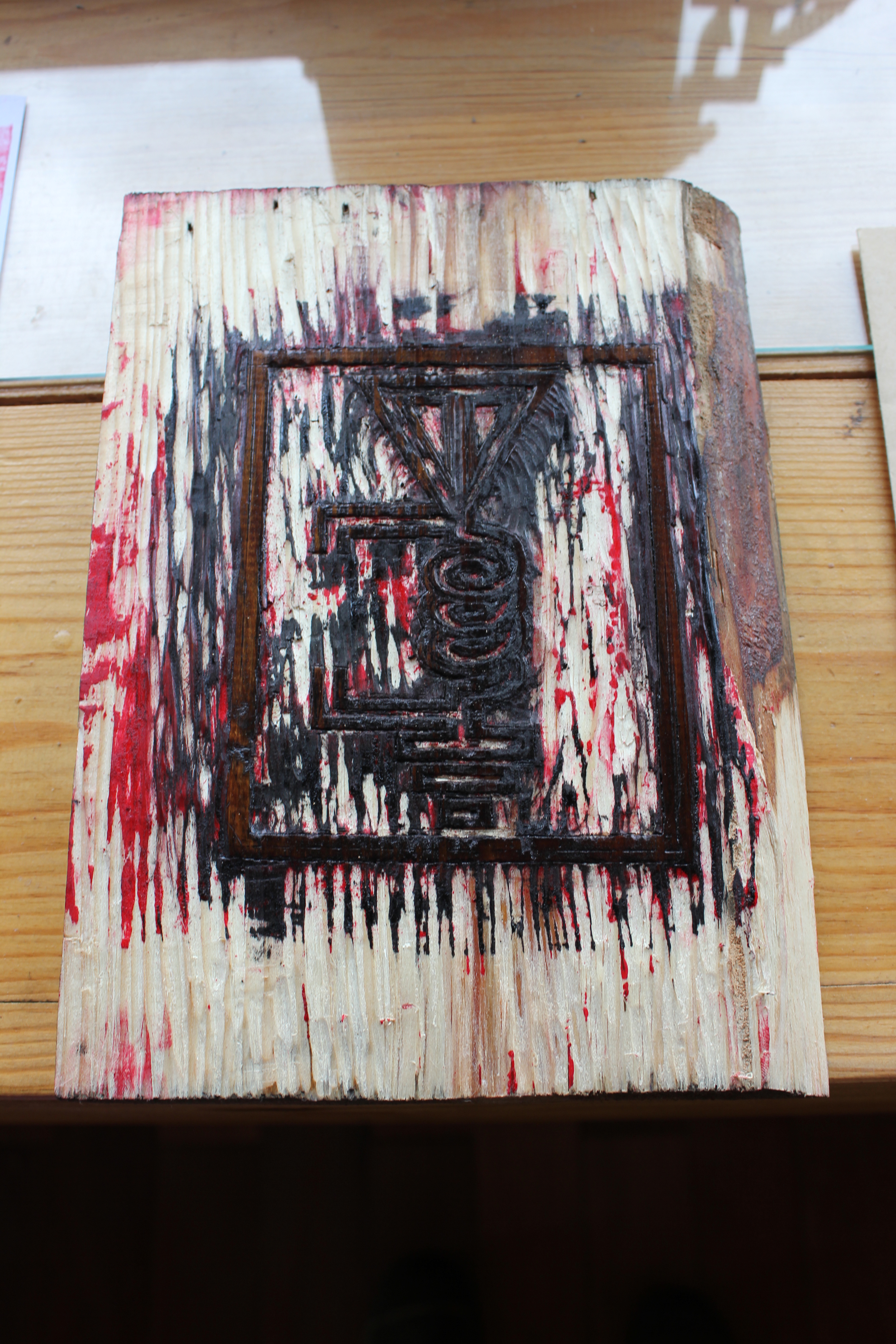
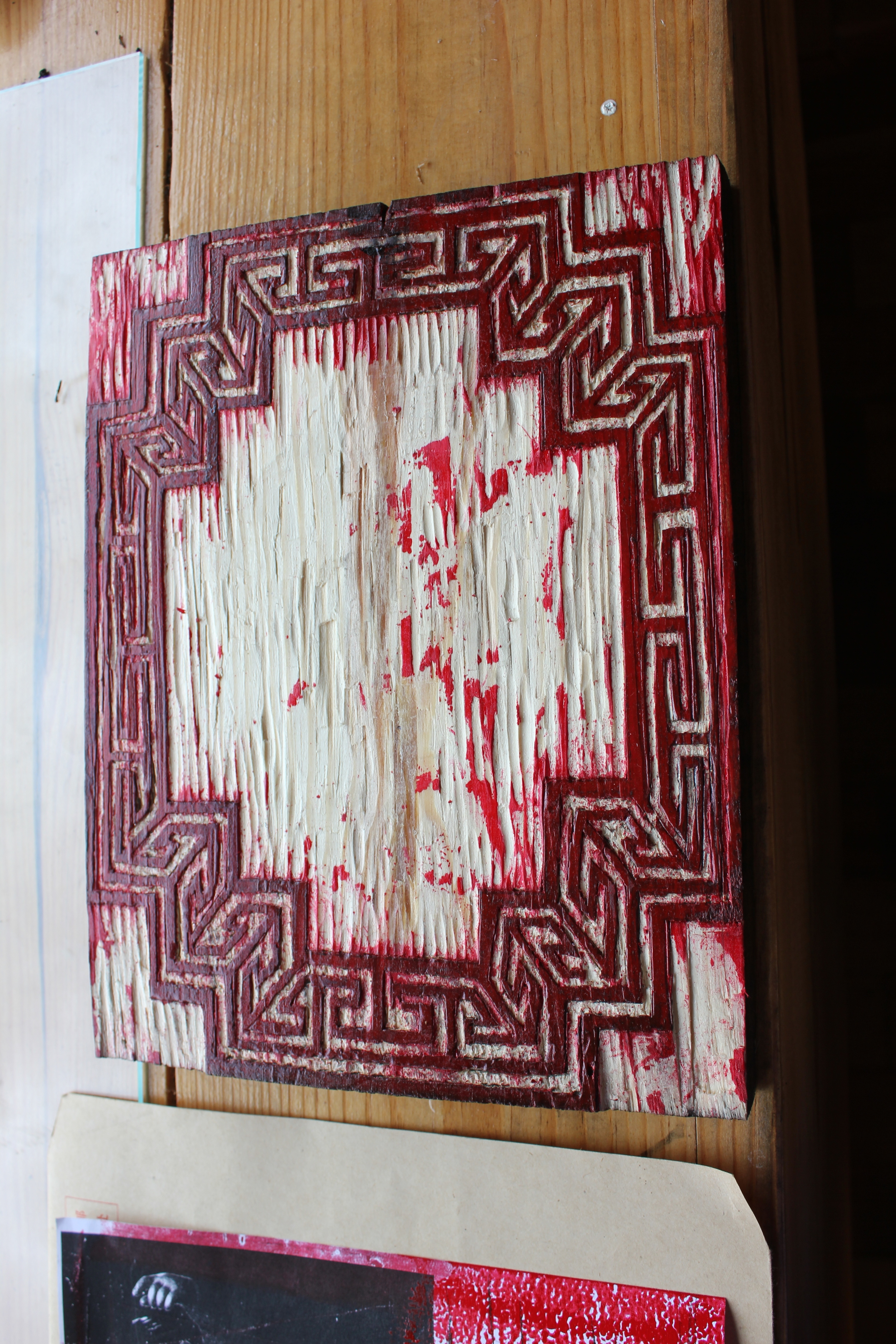
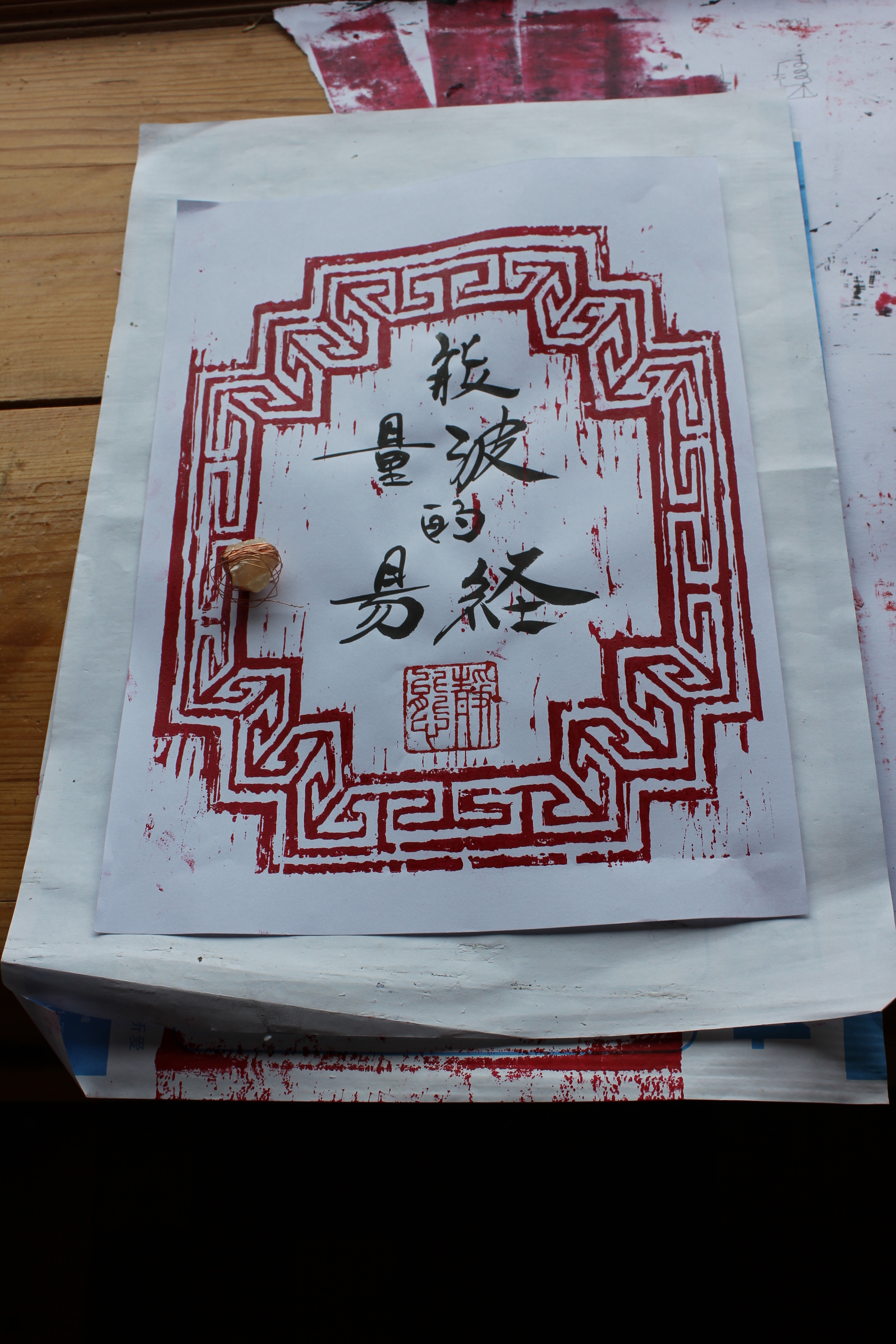
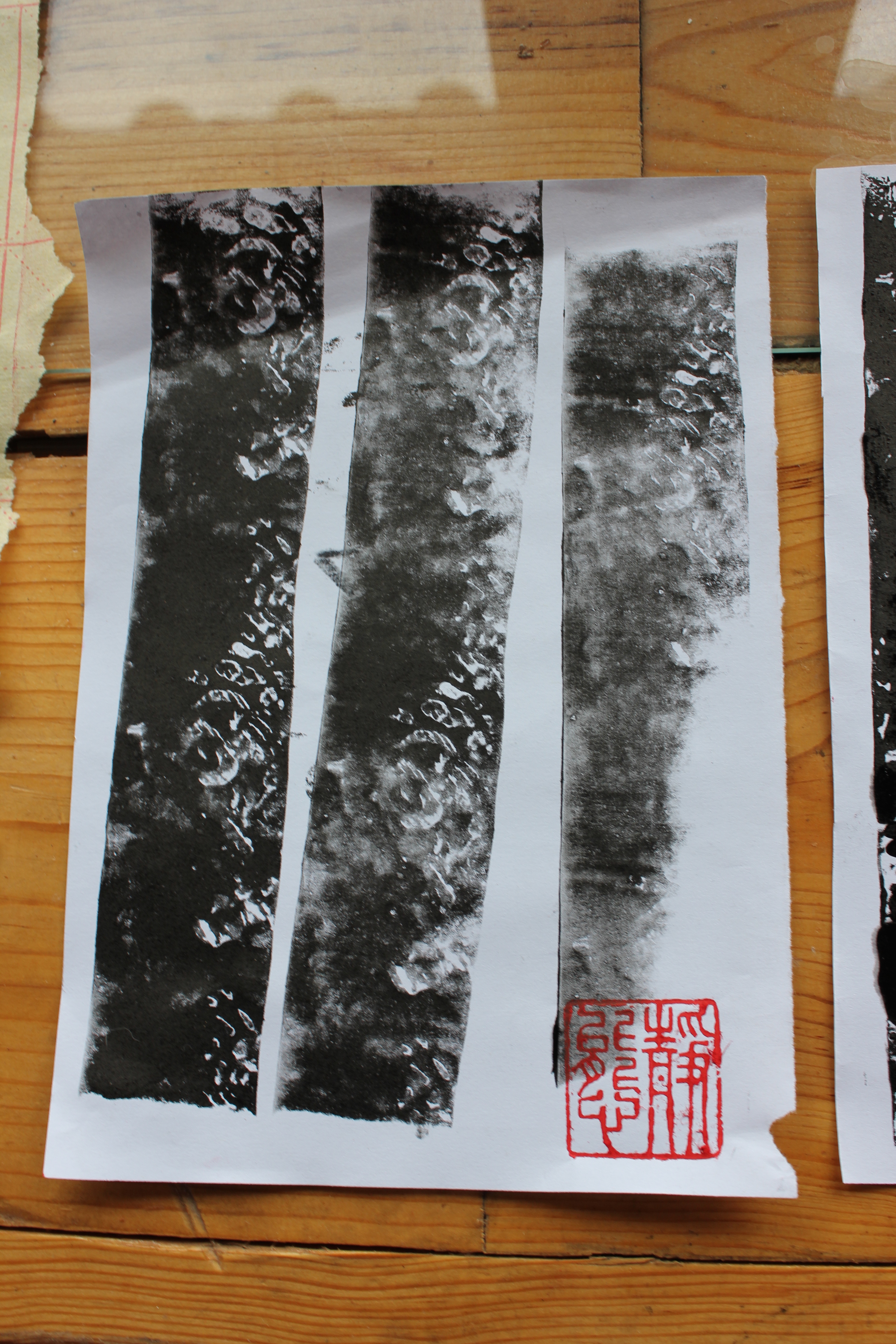
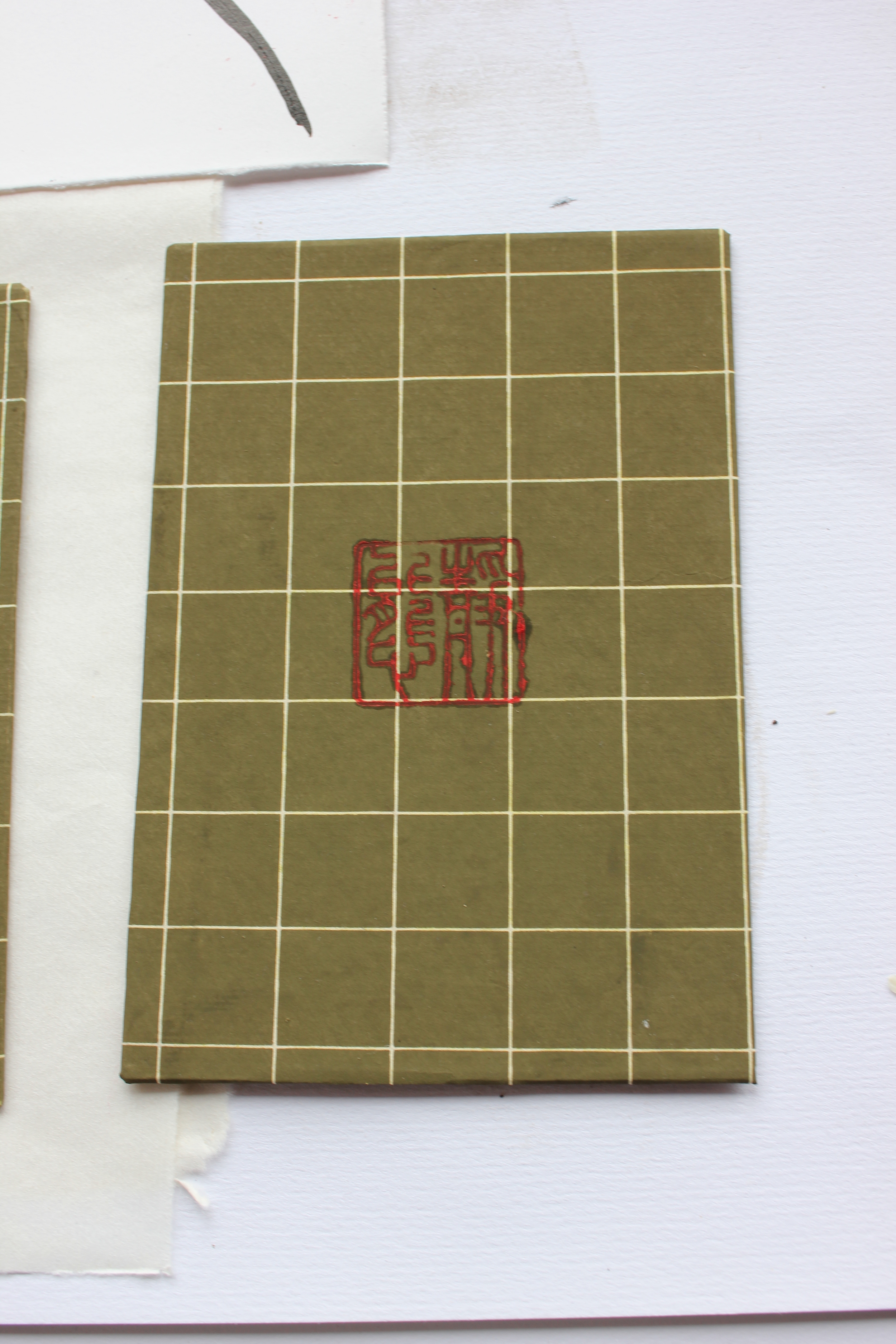
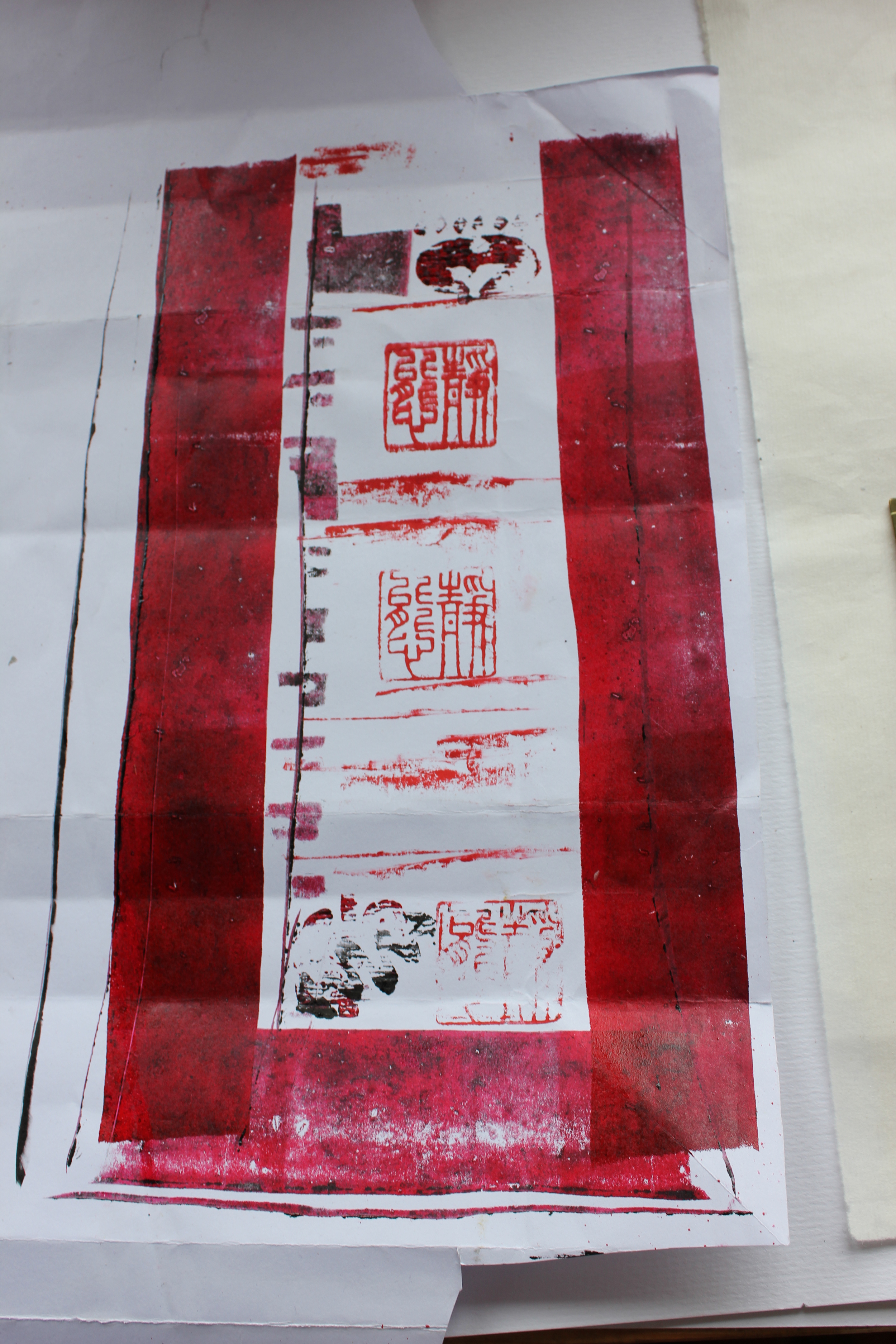
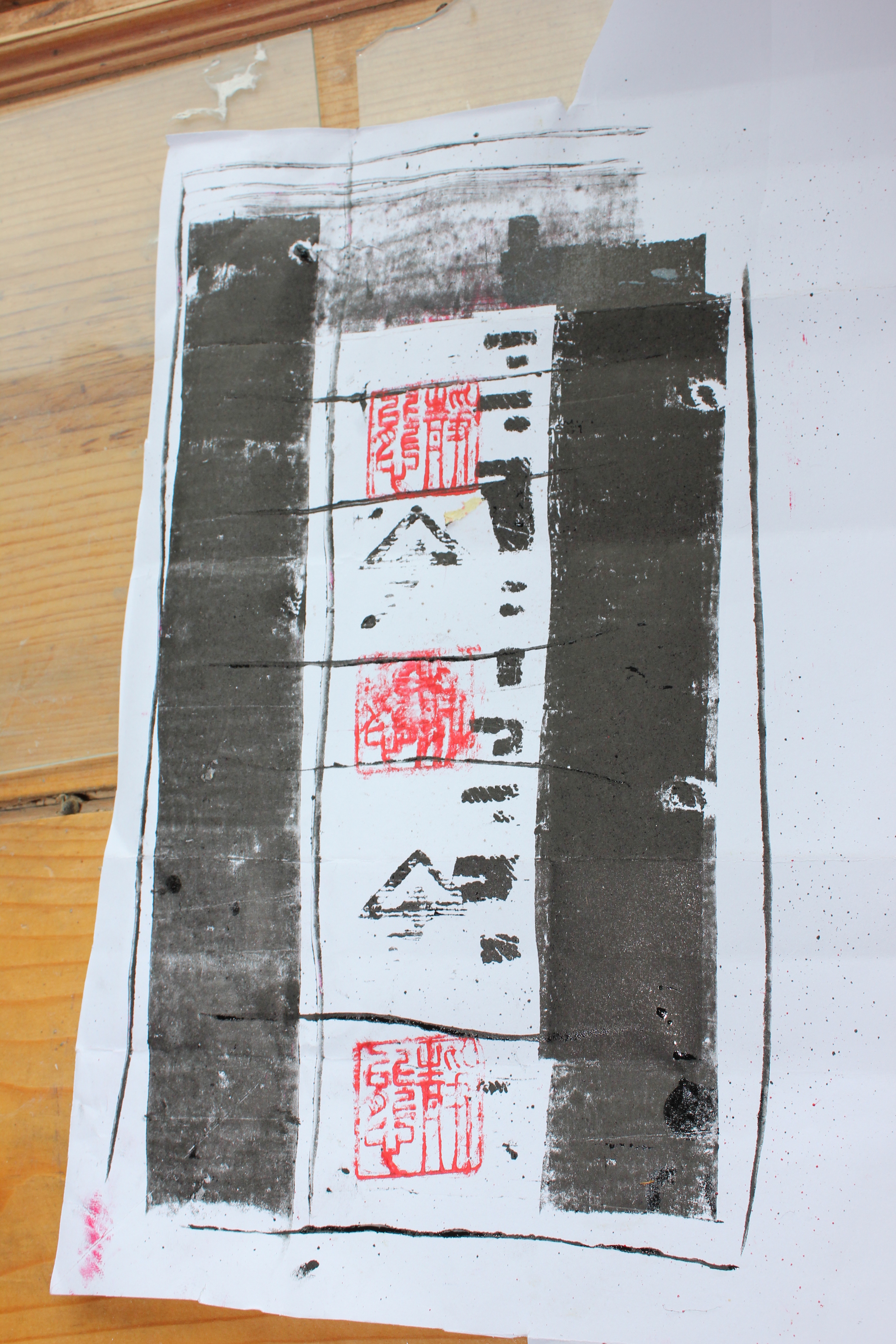

Meanwhile, we were delving into a book we found in the studio library, "The Illustrated Yi Ching." While it became quickly clear that it would take a little less than forever to grasp the concepts encompassed by this book, some similarities with our project struck us:
The ancients had discovered ("received") these strange formulas from the sky, magical numbers and shapes that, in relation to one another and the environment could inform everything in heaven and on earth. Much of it had to do with Guguo theory, or as we know it in the West, the Pythagorean theorem, and its application to the "square earth and round sky."
While "science" has disproved that the earth is flat, the fact remains that from our human perspective, the earth IS flat below us and the sky is round above us, like a canopy. For all intents and purposes, when a radio signal reaches us where we are by bouncing around the earth, it is precisely this interaction between straight and curved that causes signals to be heard from far away.

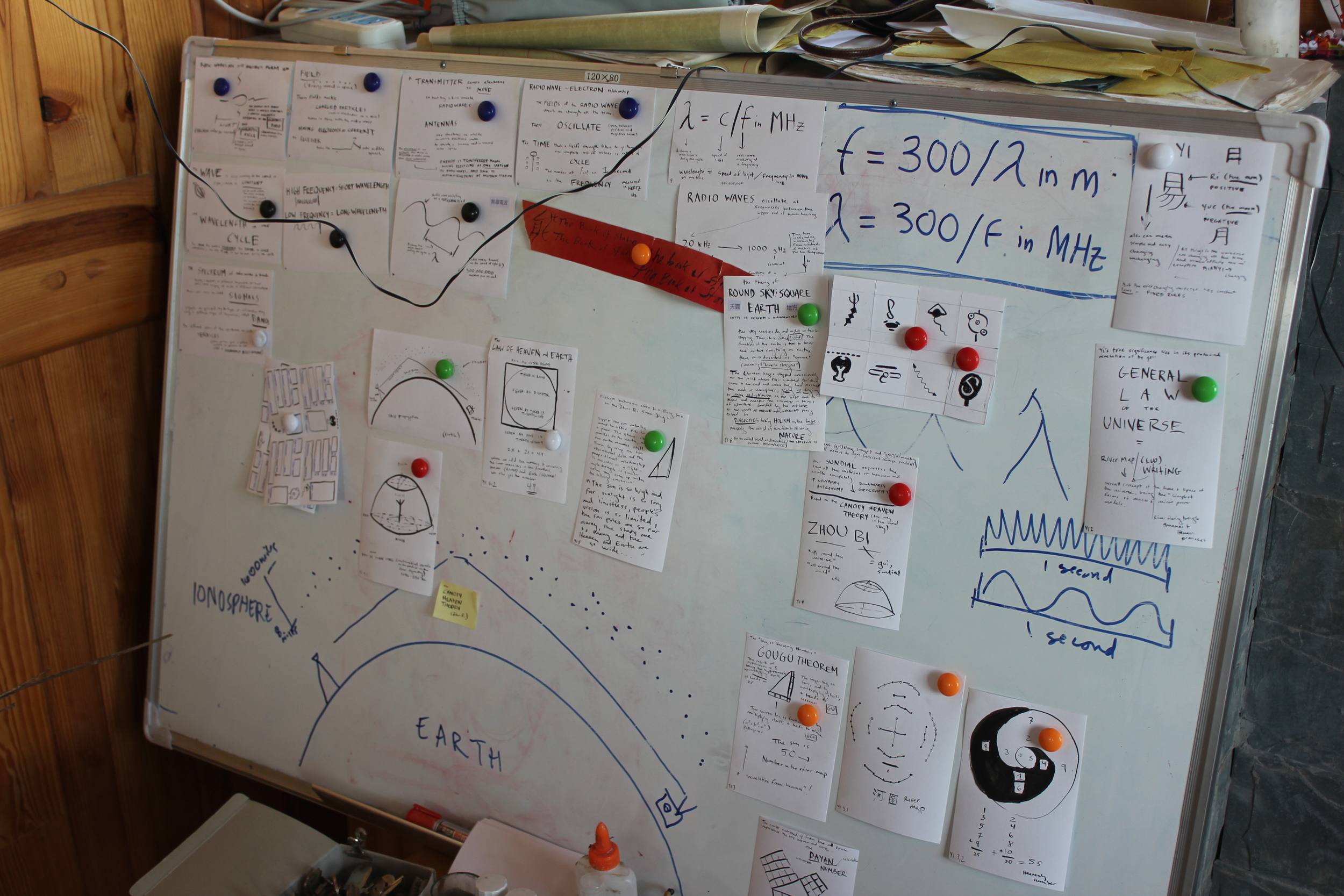

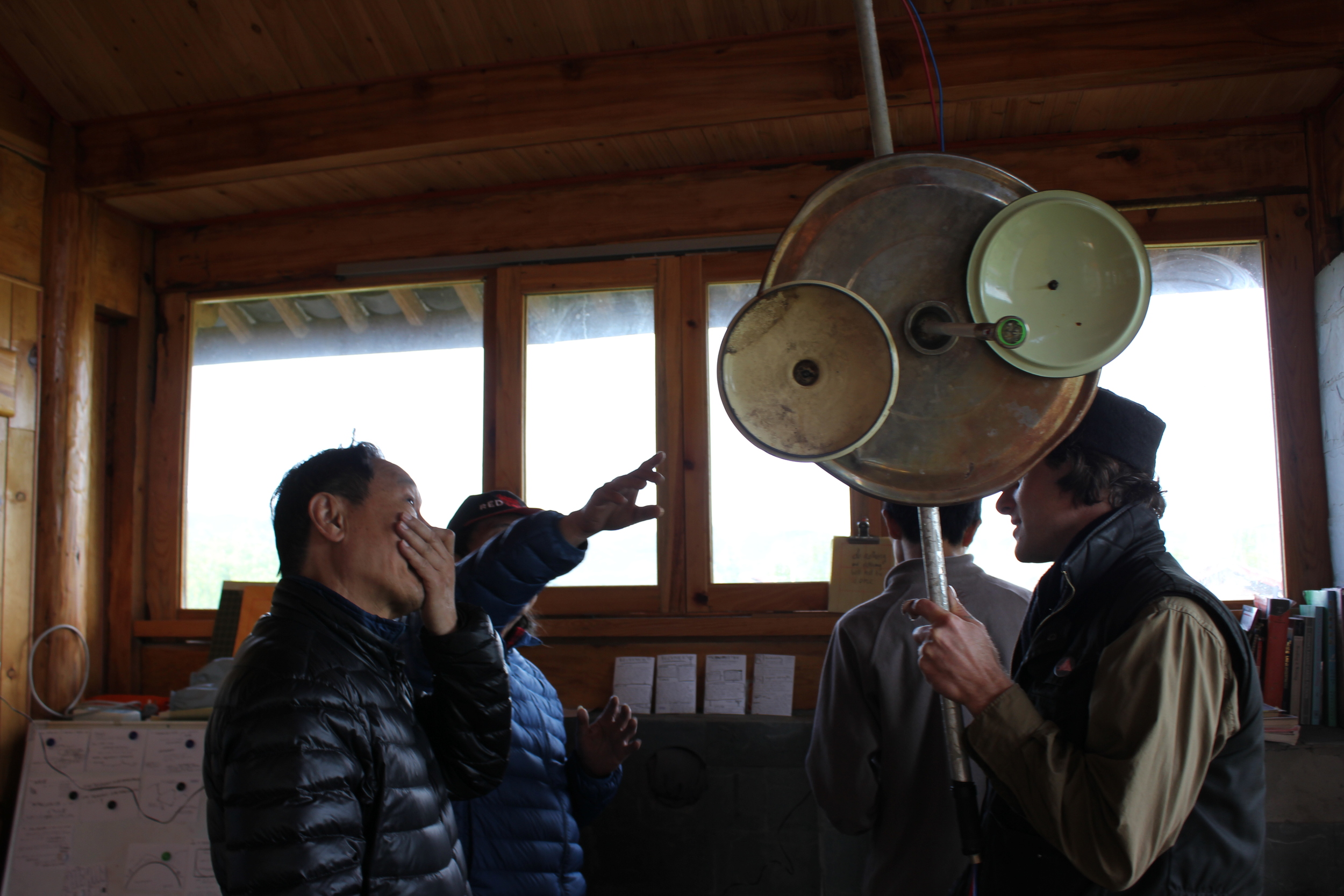
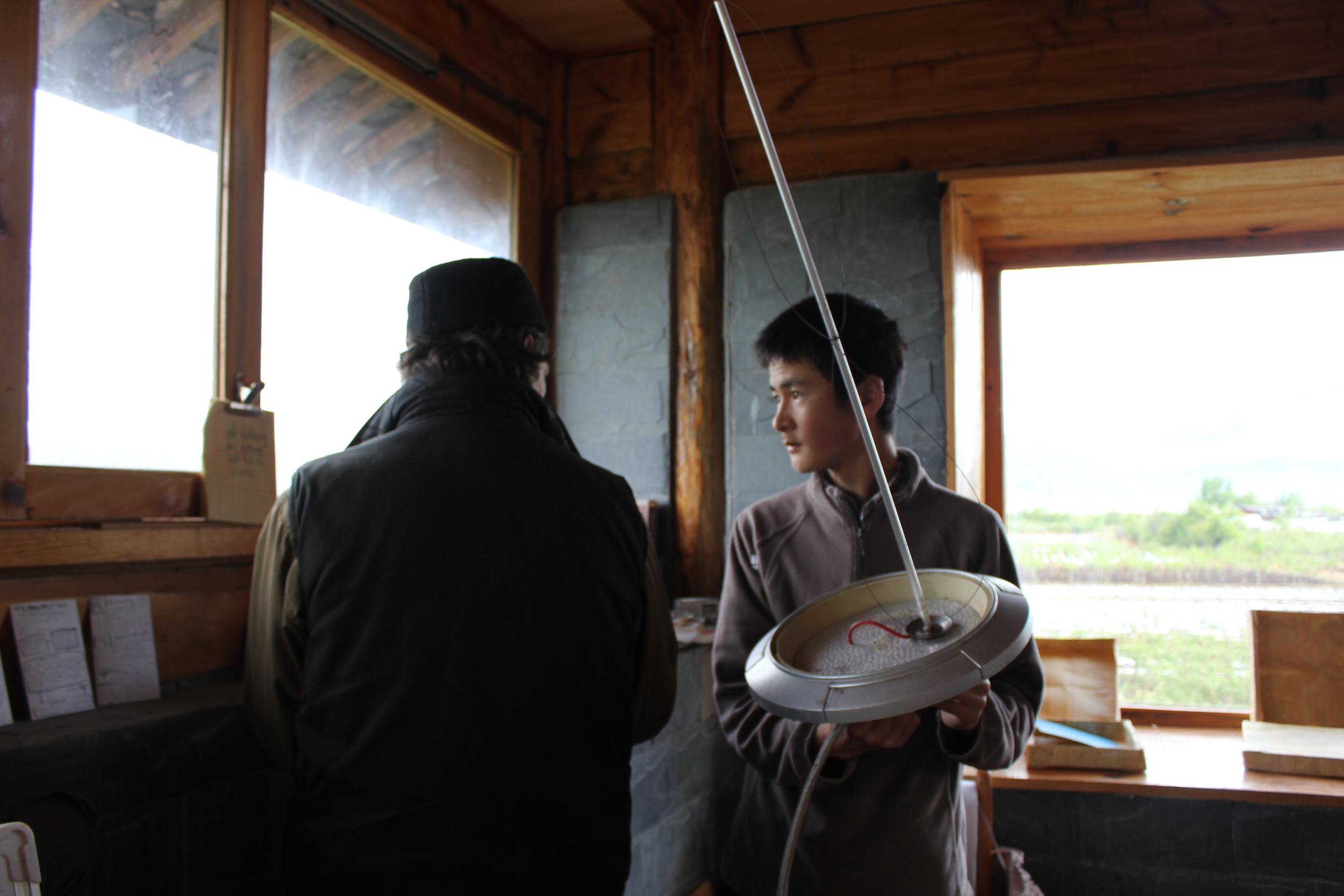
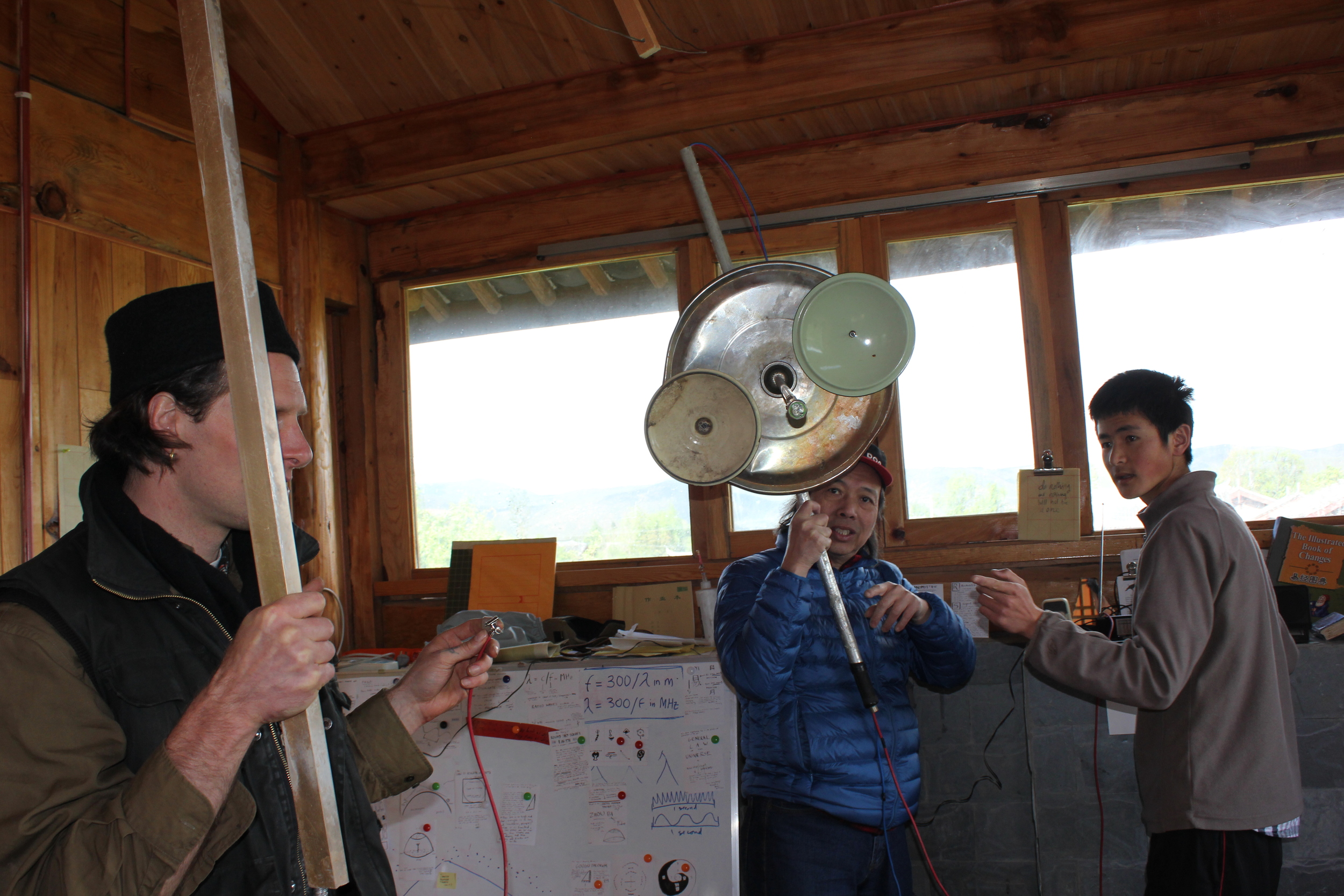

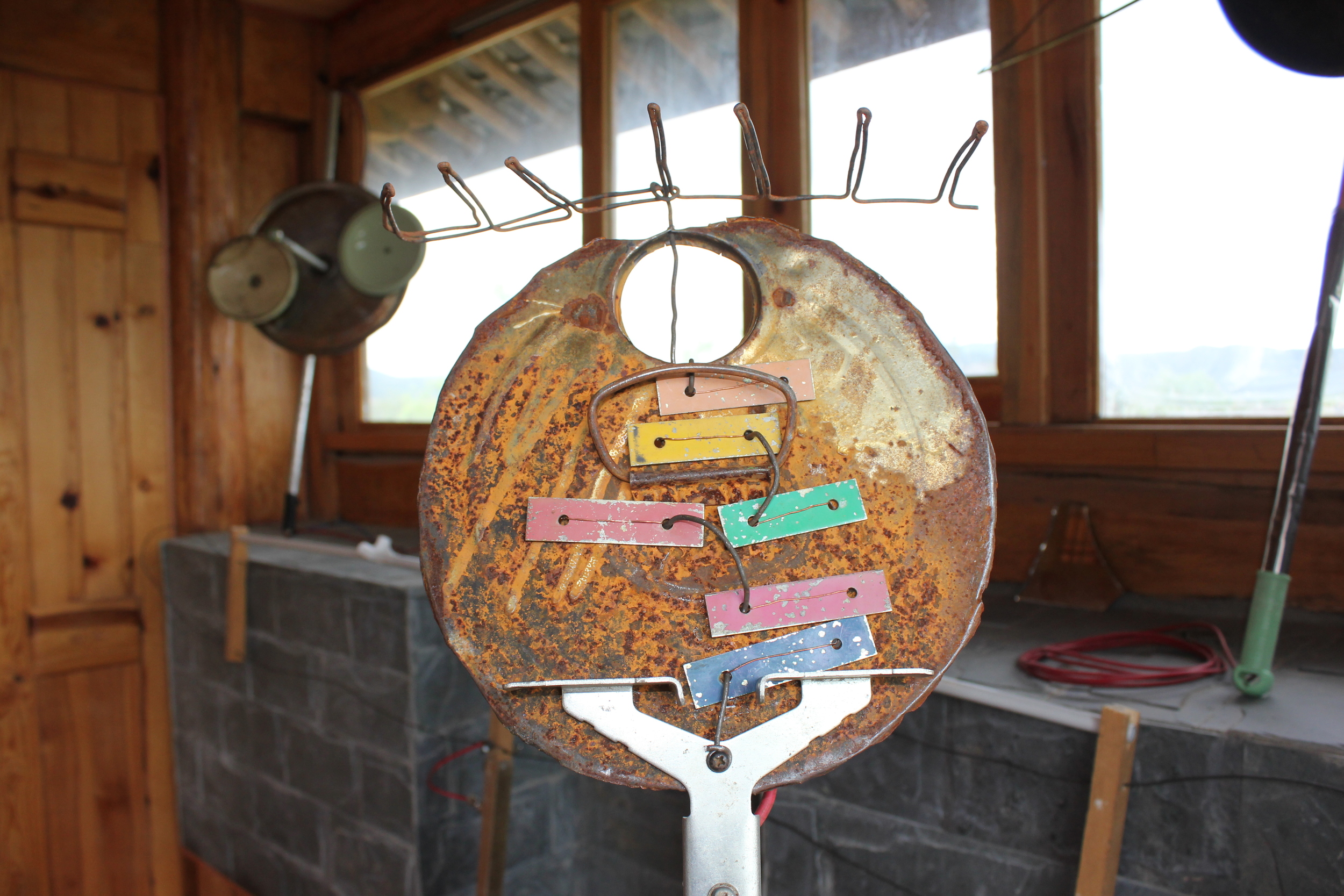
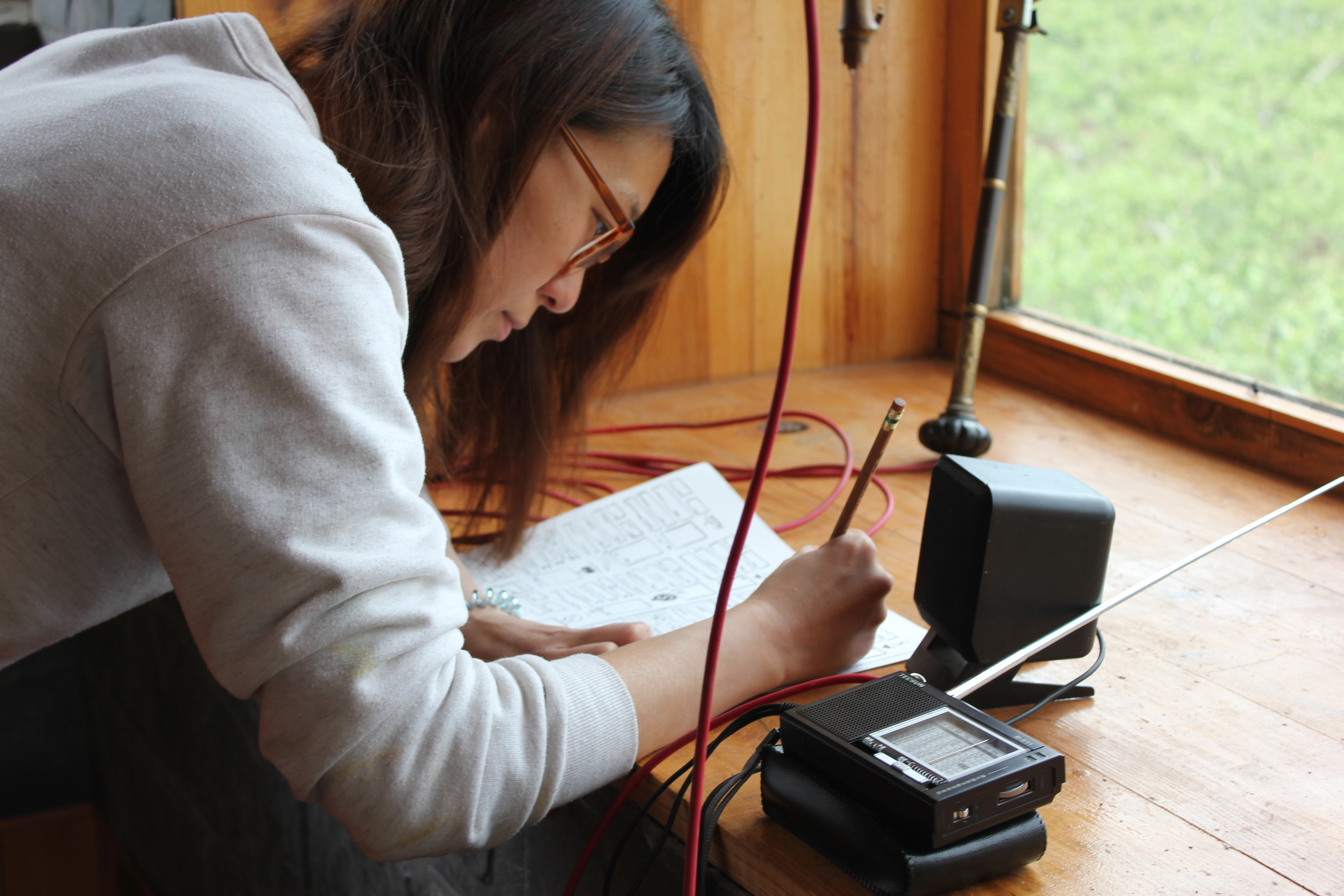
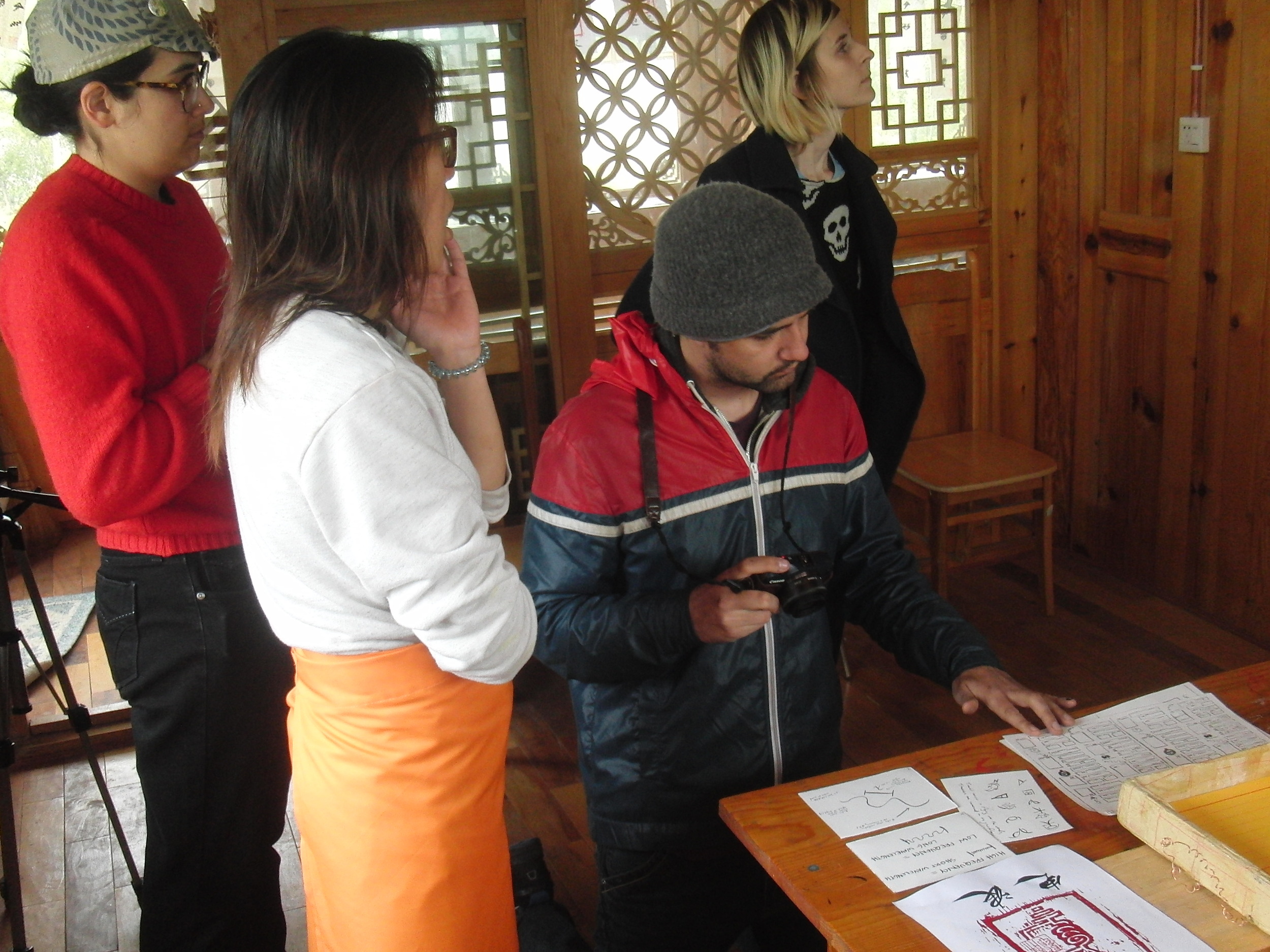
This discovery on our part seemed to merit further study; study that likely could stretch beyond our lifetimes. The I Ching seemed to teach that while the West is striving to identify the elementary particles, the structure, to understand existence (using, of course, scientific method), the East looks to function and dialectic. Perhaps our experiments, while still paying heed to the unchangeable Laws of the Universe (the sun rising in the east, the changing of the seasons at certain latitudes, etc), were unscientific, but still valid paths to knowledge. We wanted to record these experiments, but also leave room for others to contribute, for the project to continue away and beyond us, to have a cacaphony of voices that might, from certain perspectives, sound like a chorus.
The Yi Ching is literally the Book of Yi, which we learned is a complex concept in itself: Sometimes translated as change, it also means unchanging. The Chinese character is made up of the sun and the moon, or indeed the positive and the negative: Just like a radio wave, which is a fluctuation between positive and negative. In its movement it effects change, but the wavelength on a frequency is set, unchanging.
We thought we might make our own Book, unbound, so that it might forever be added to.
As DJ SEEKS SAME, Mara also creates an experimental radio show, The Jetlag Archipelago. Here she has manipulated and collaged some of the sounds collected by the So Far Channel while conducting the Book of Static project. It was broadcast on Reboot 88.4 FM in Berlin on May 29, 2016.
